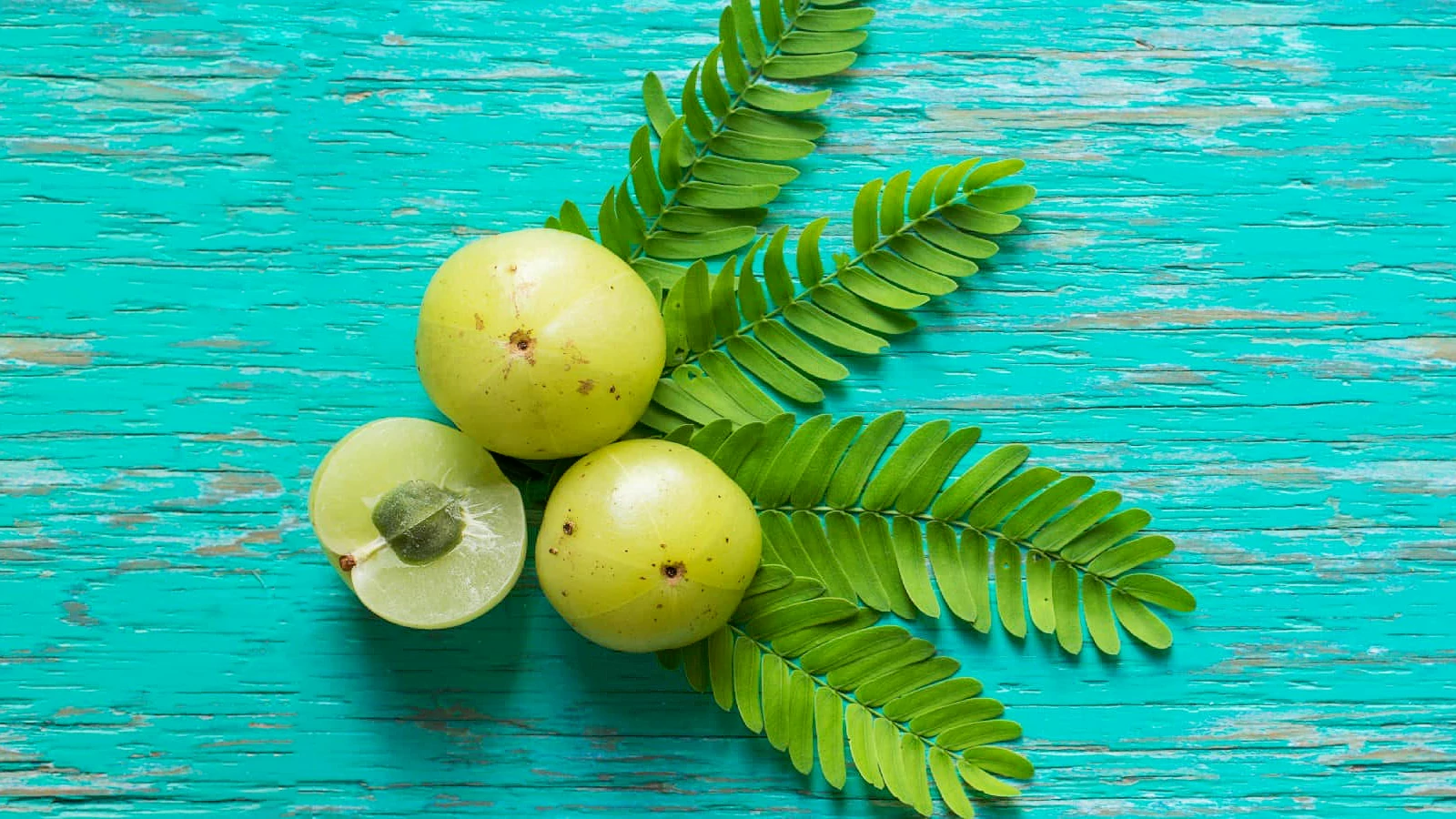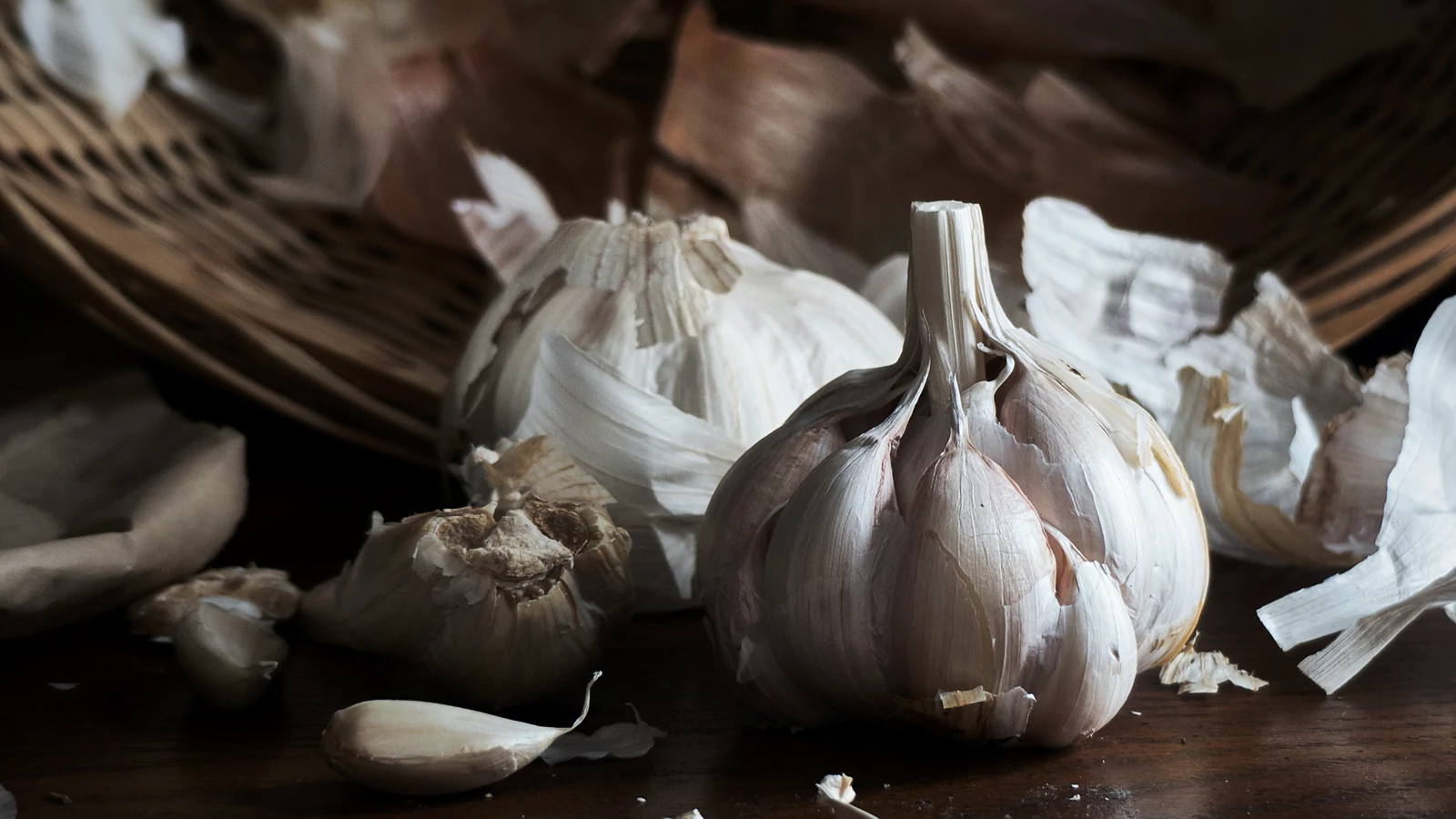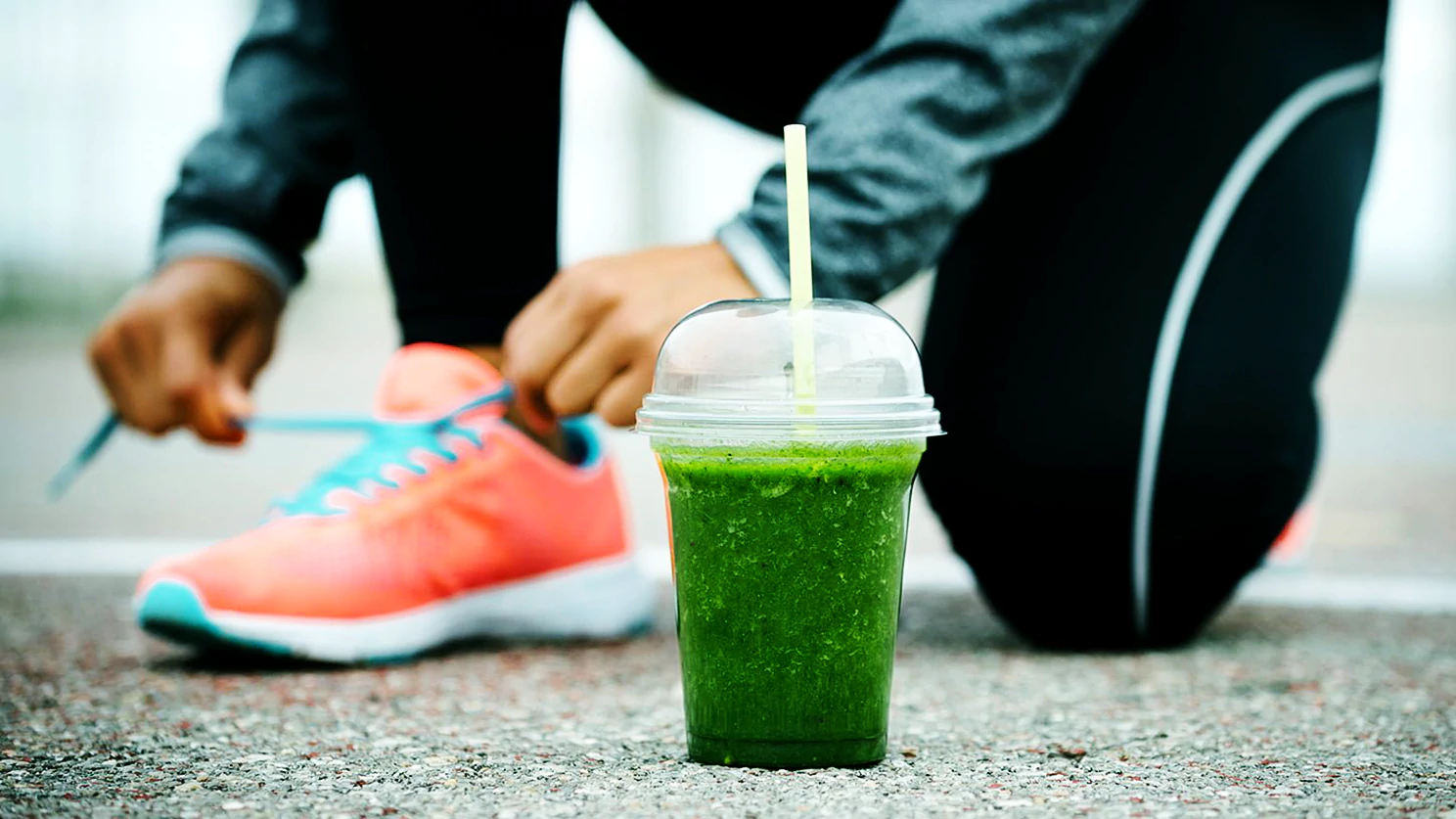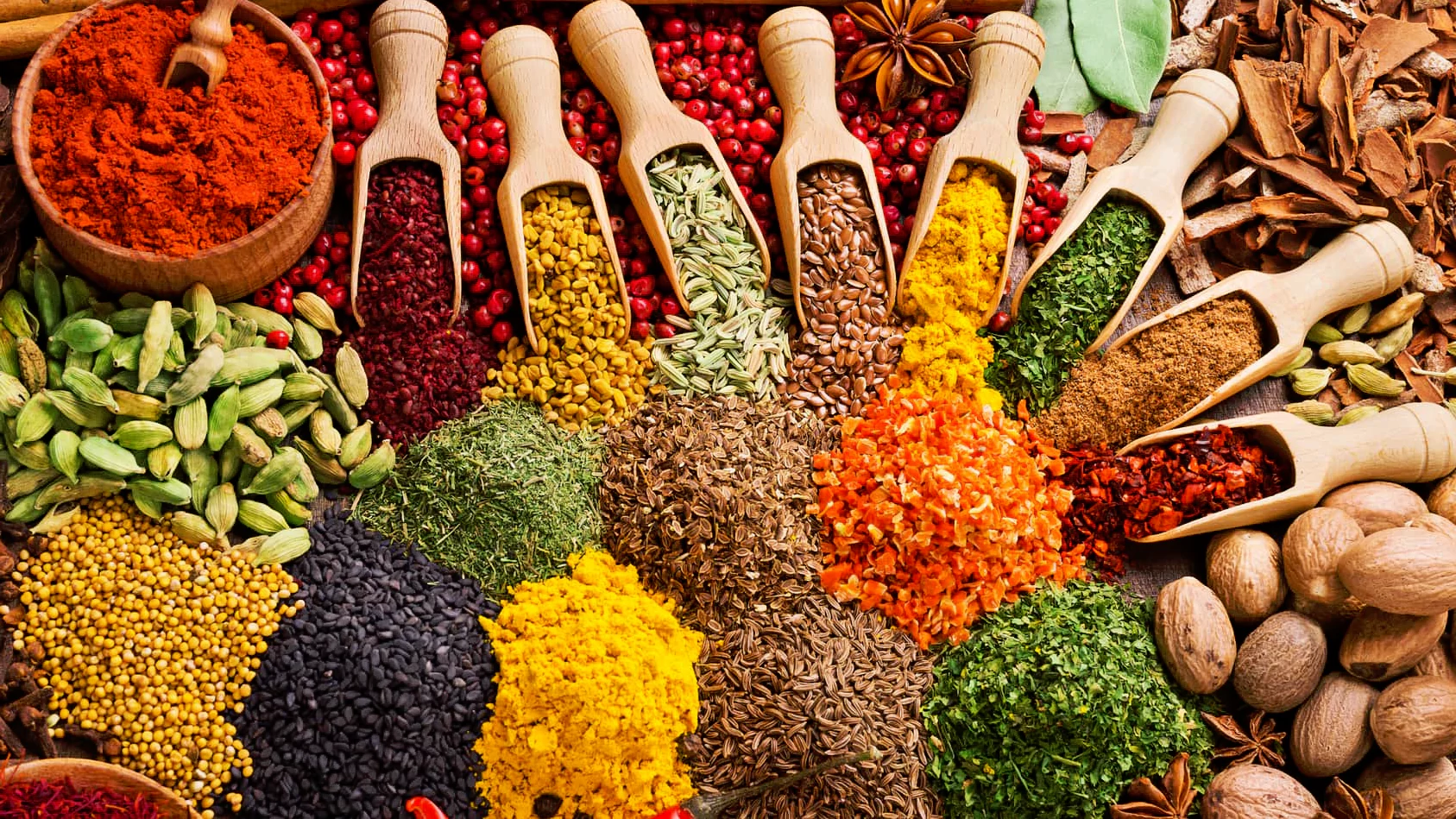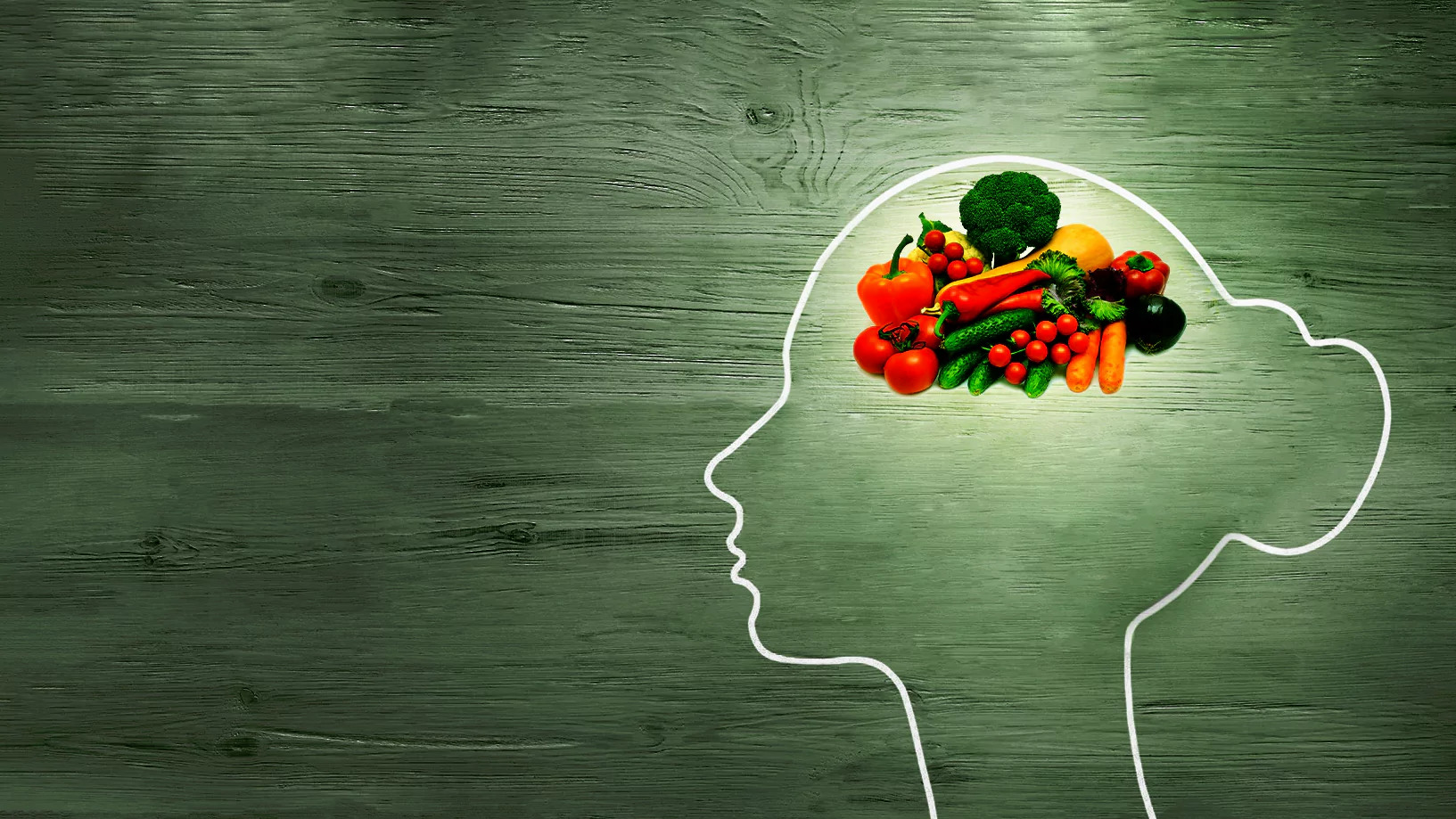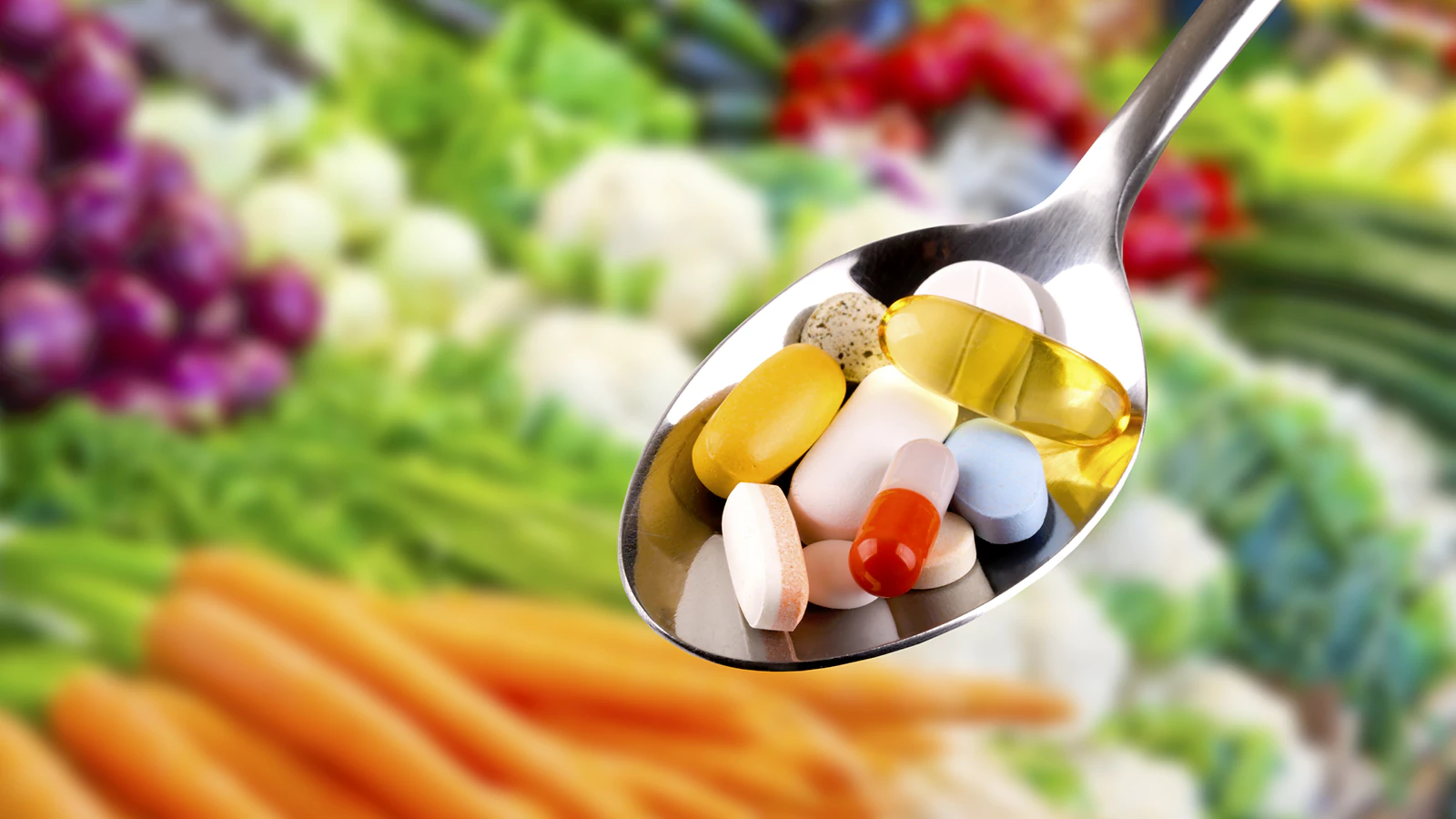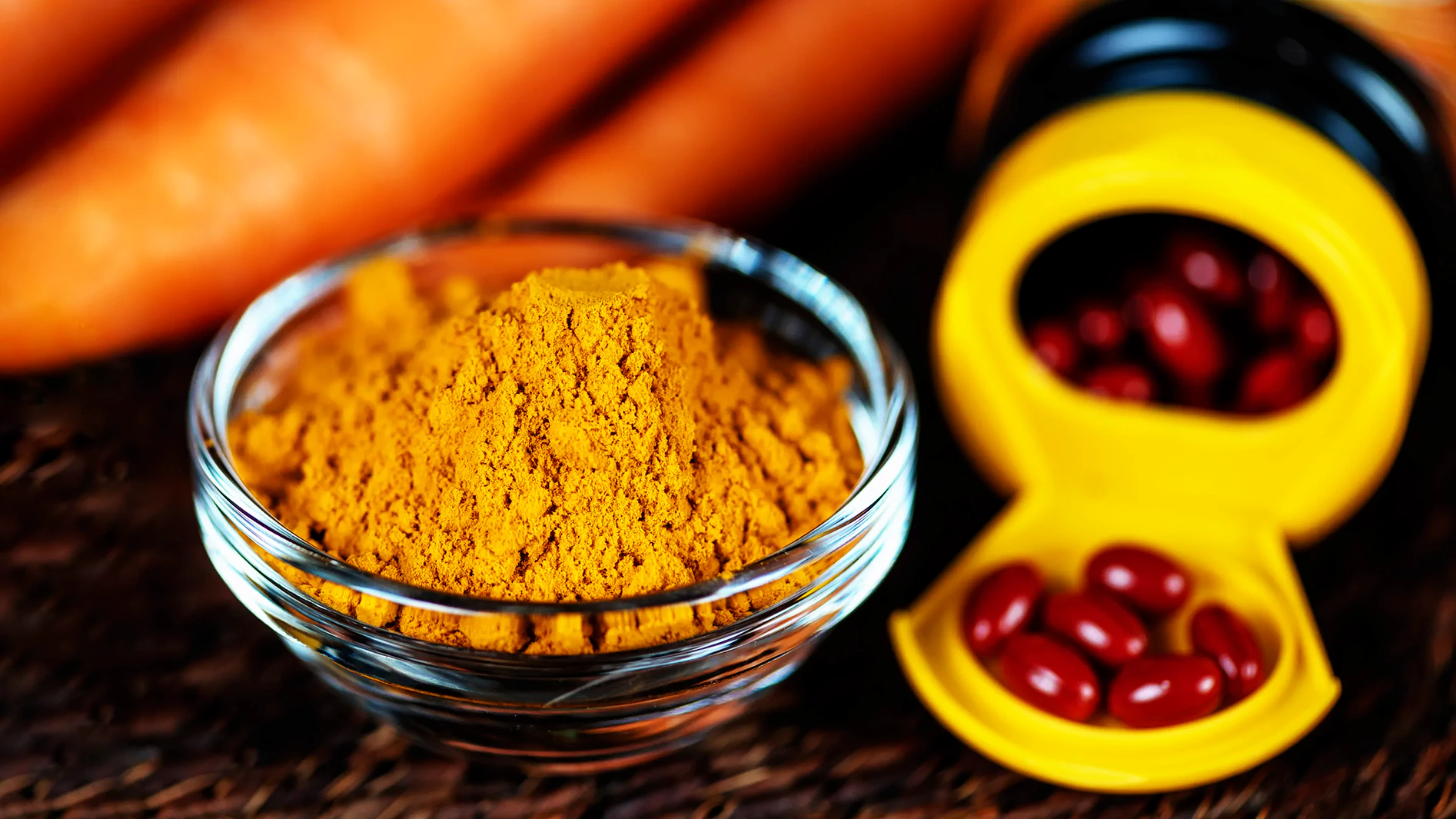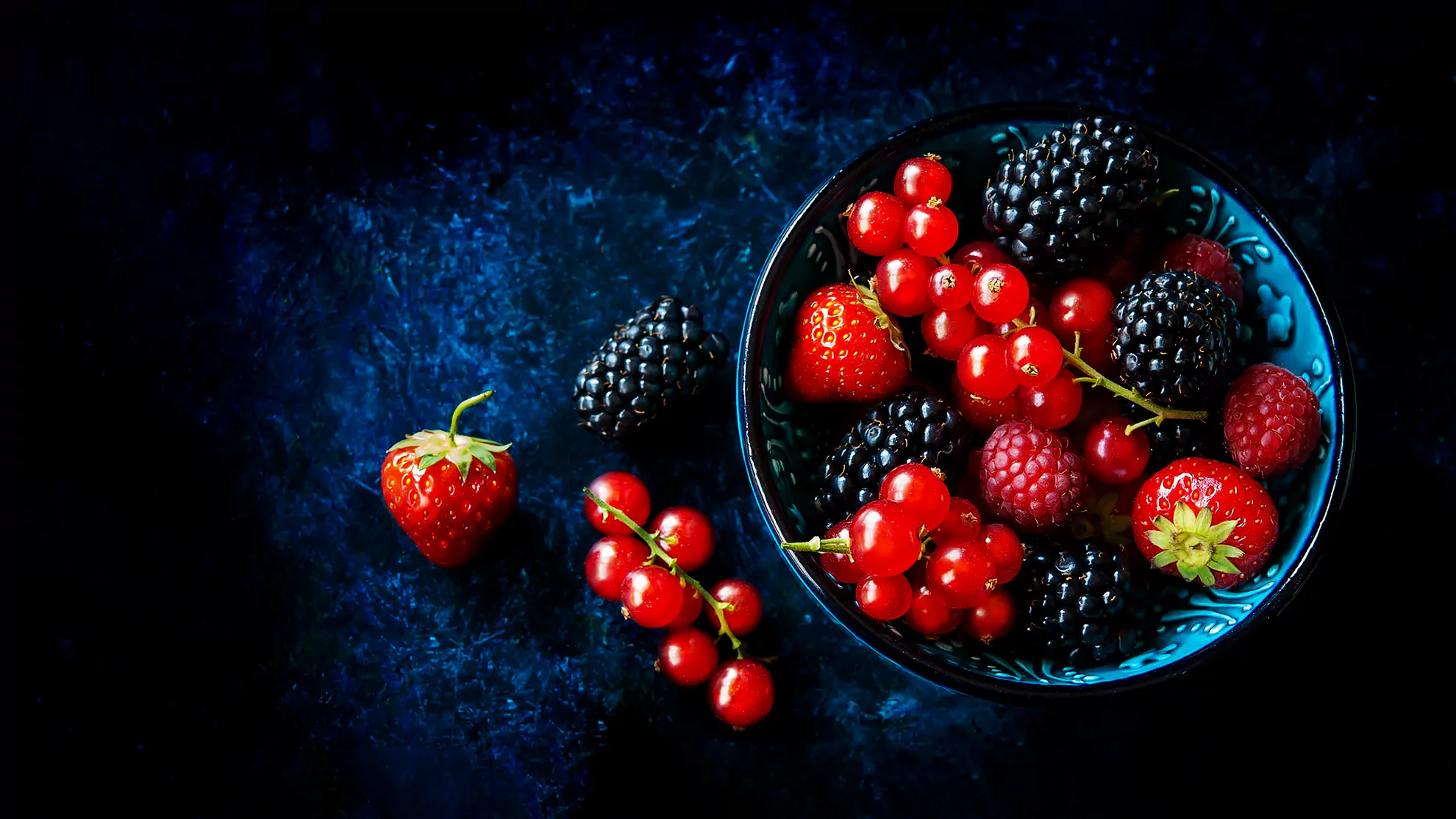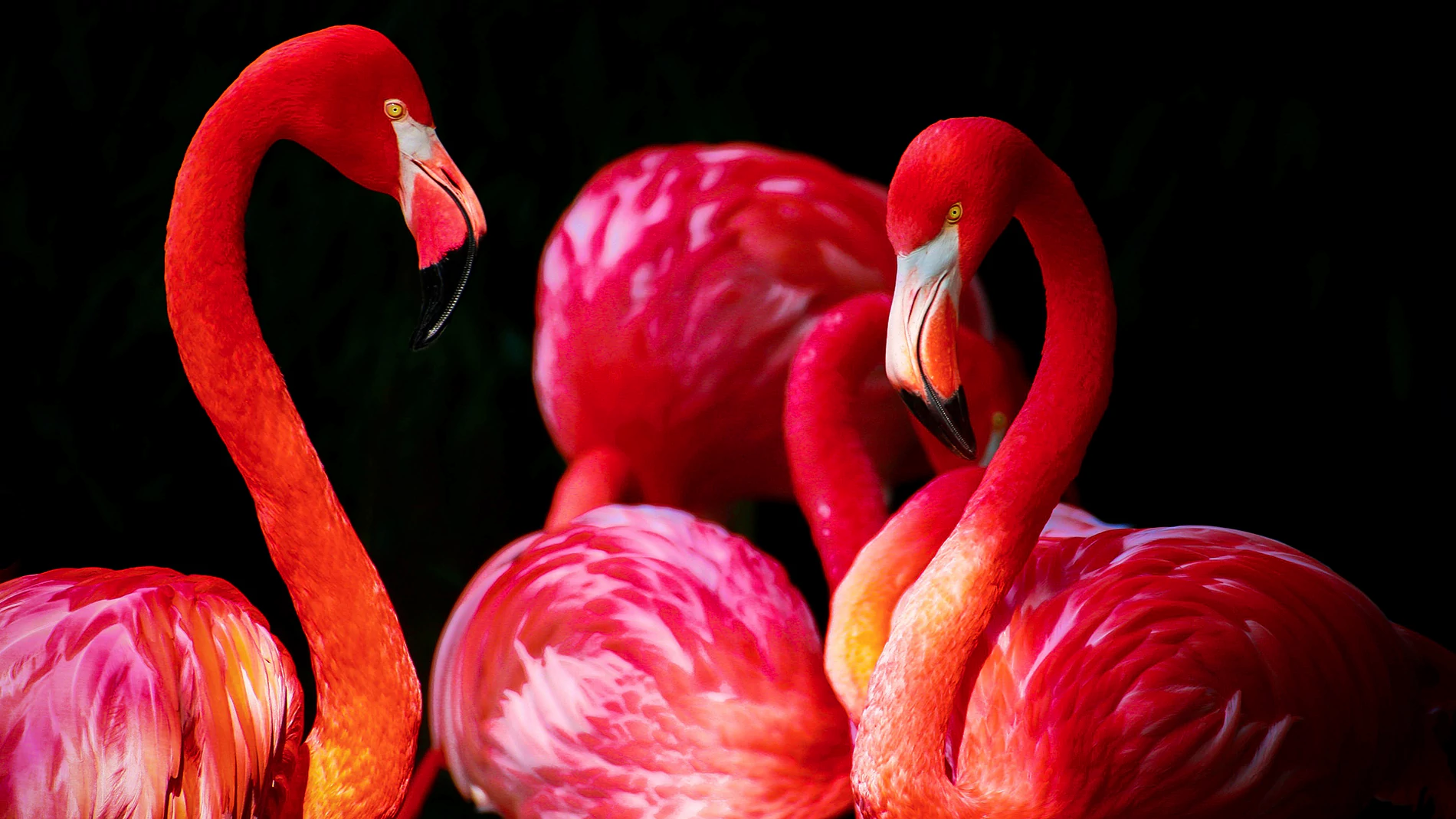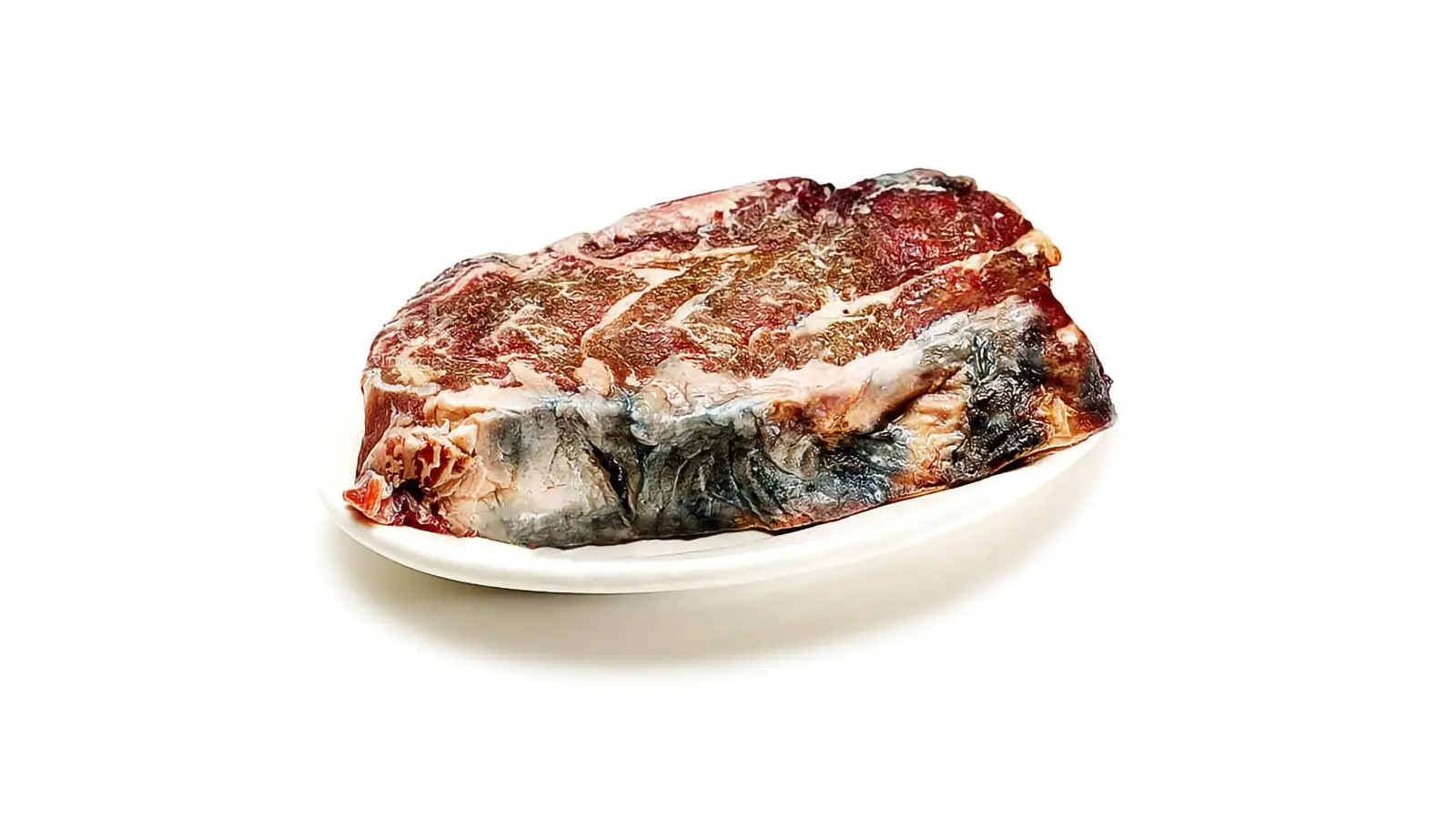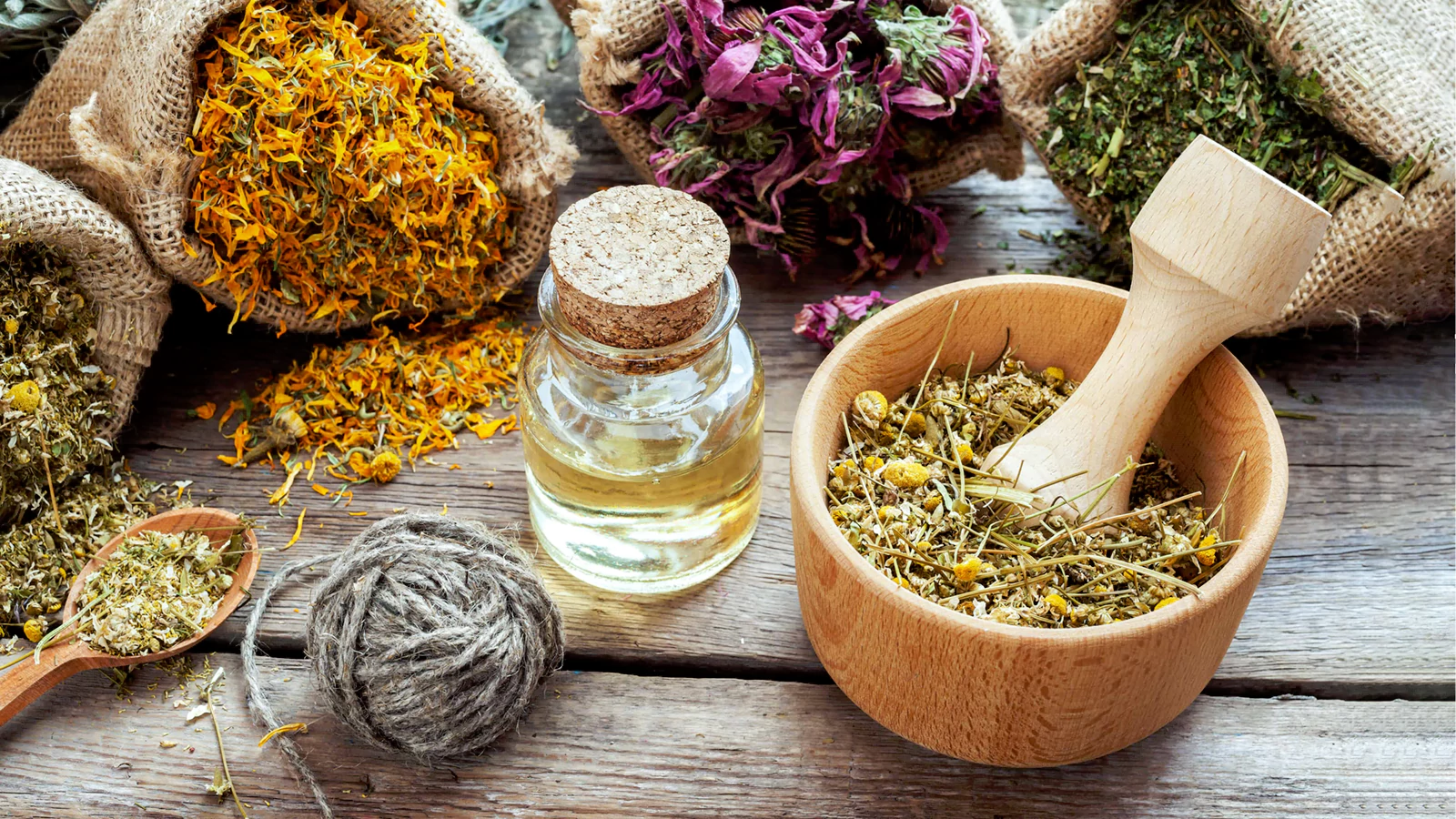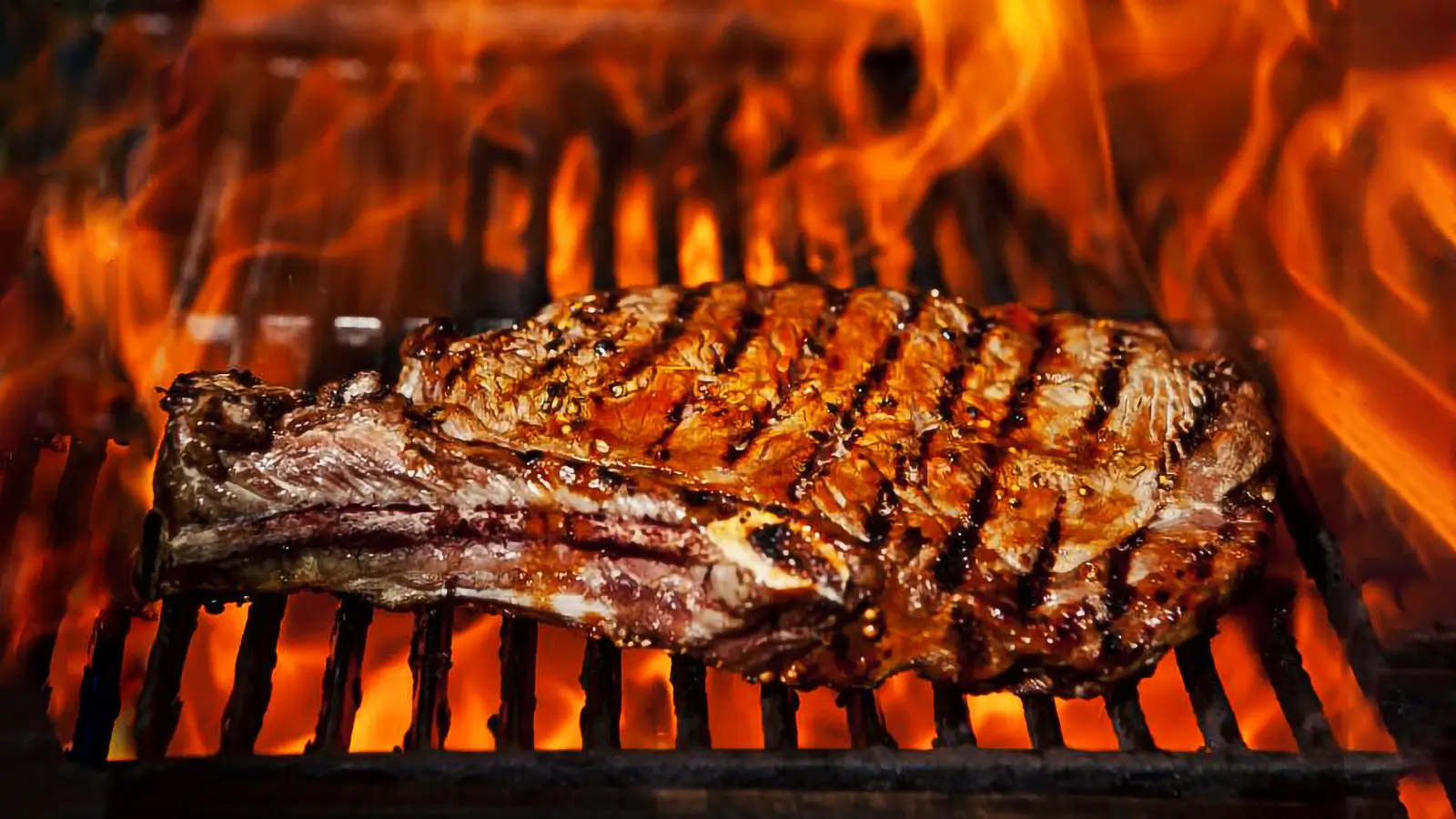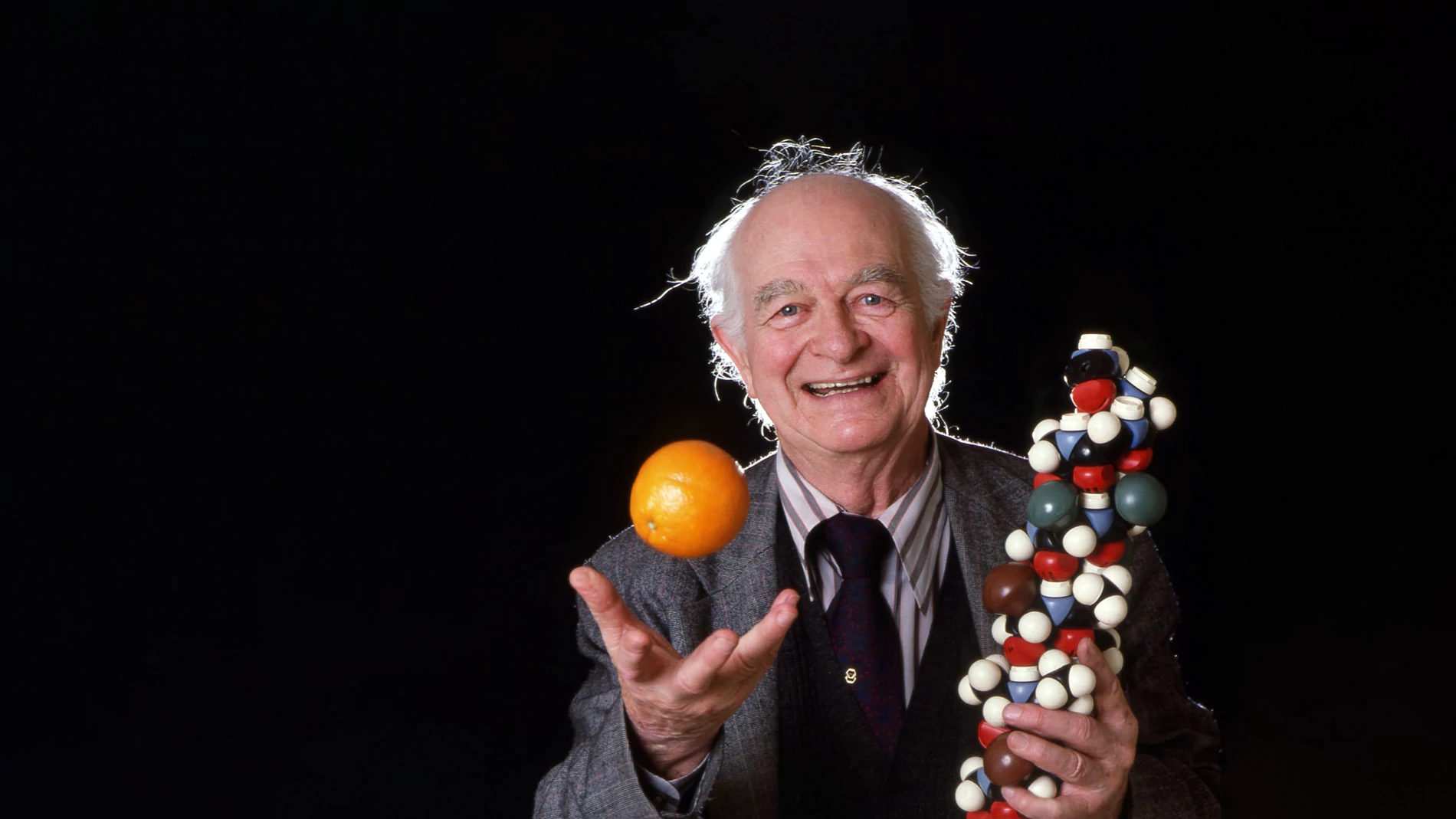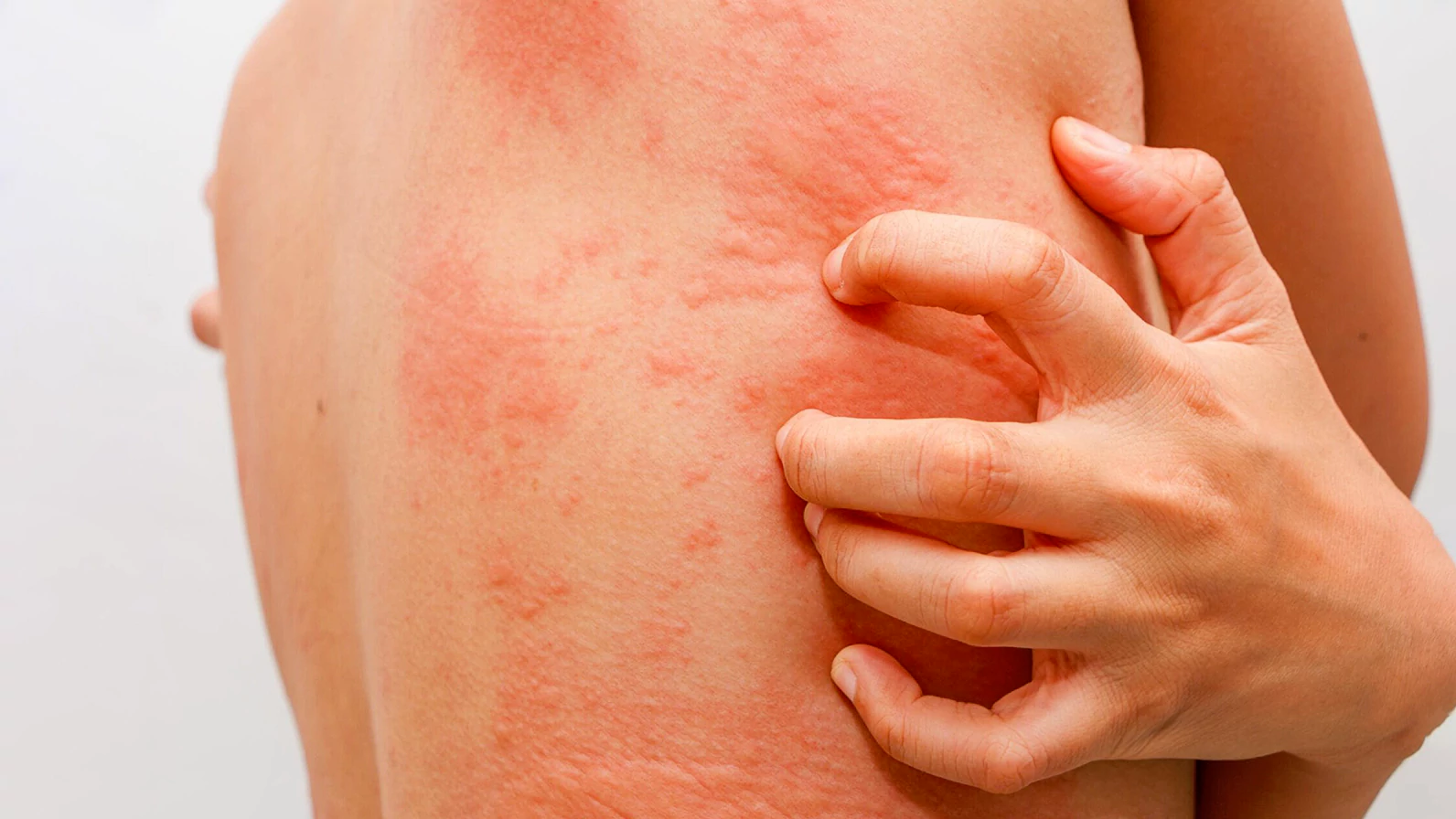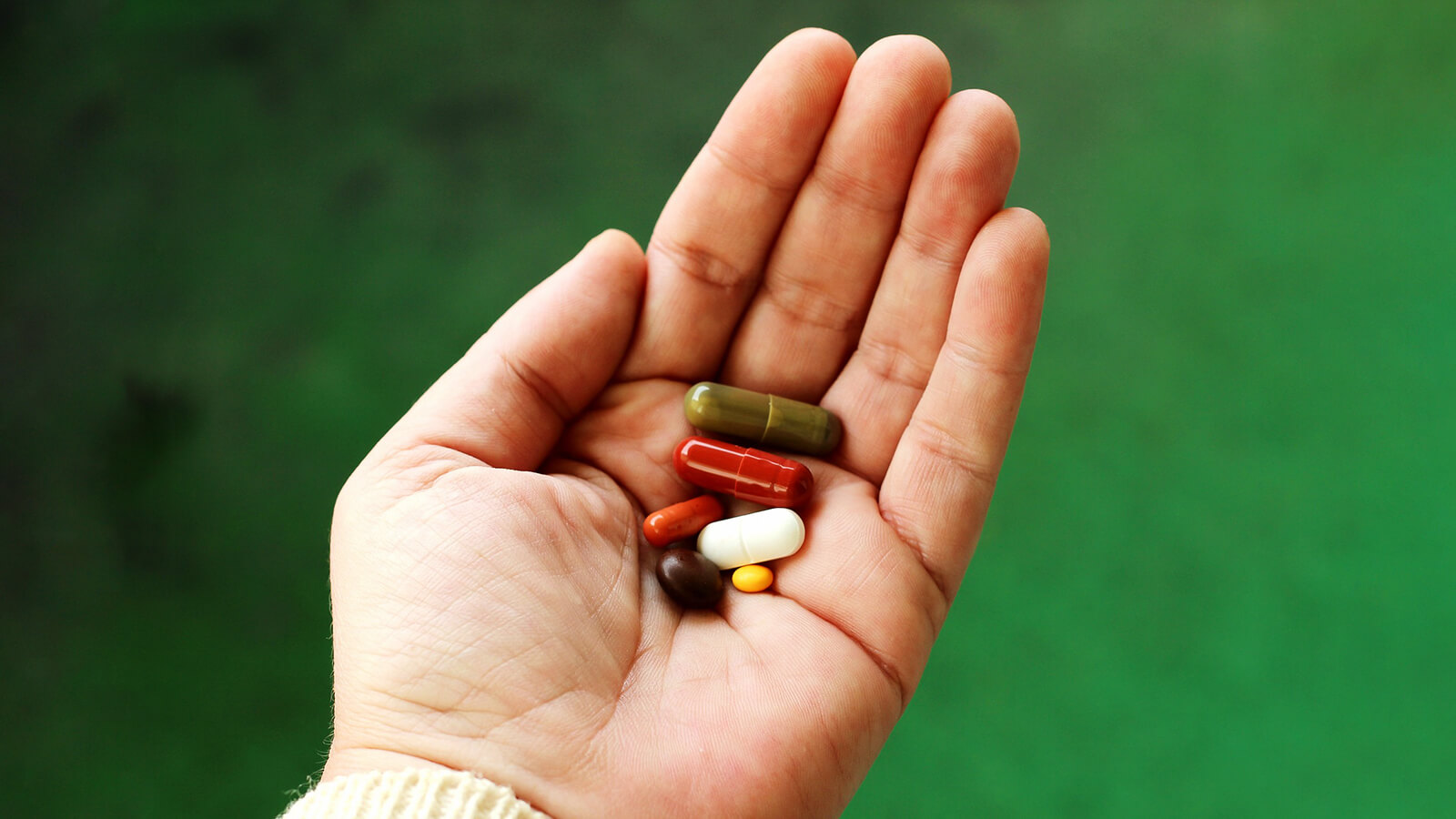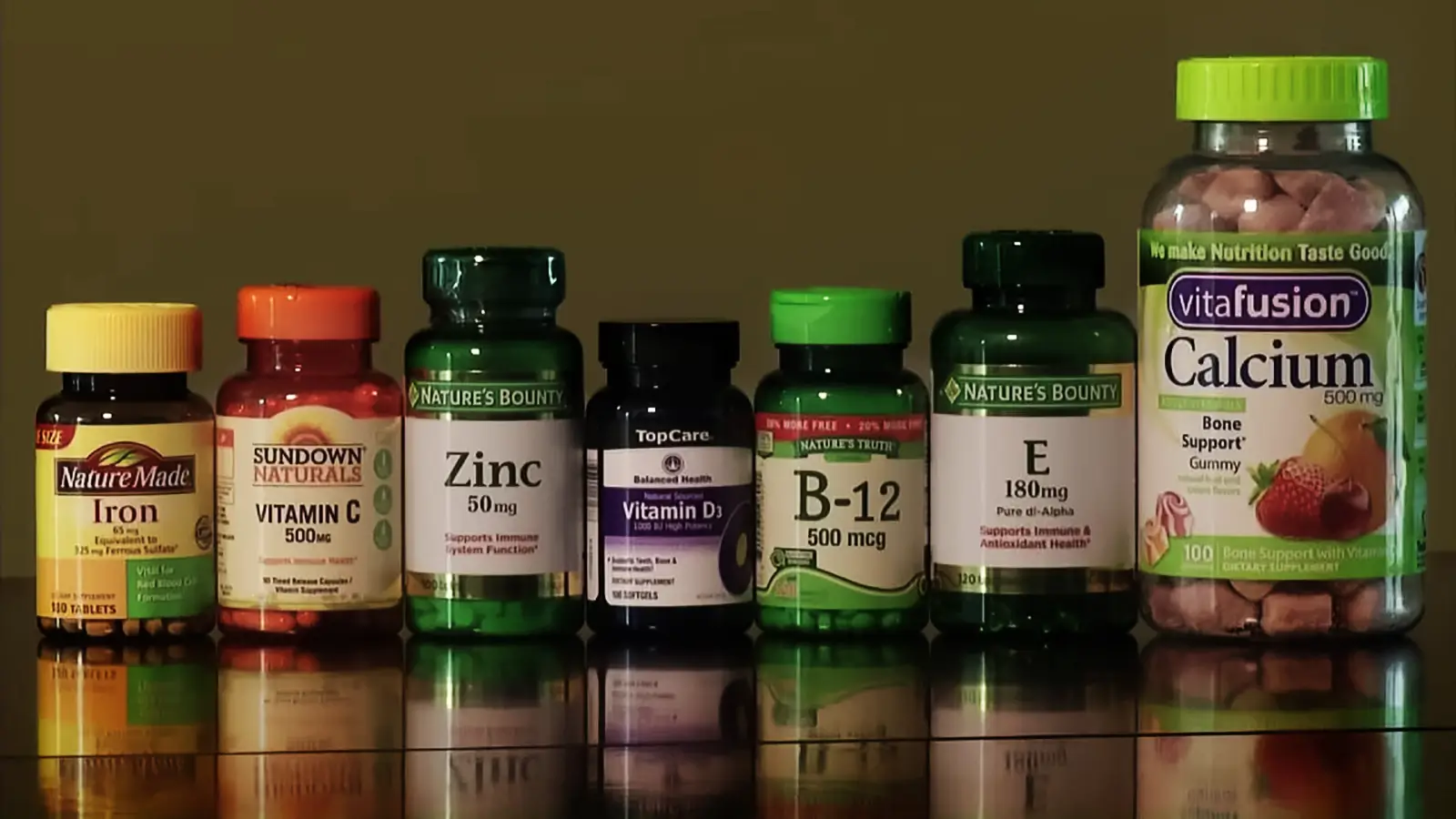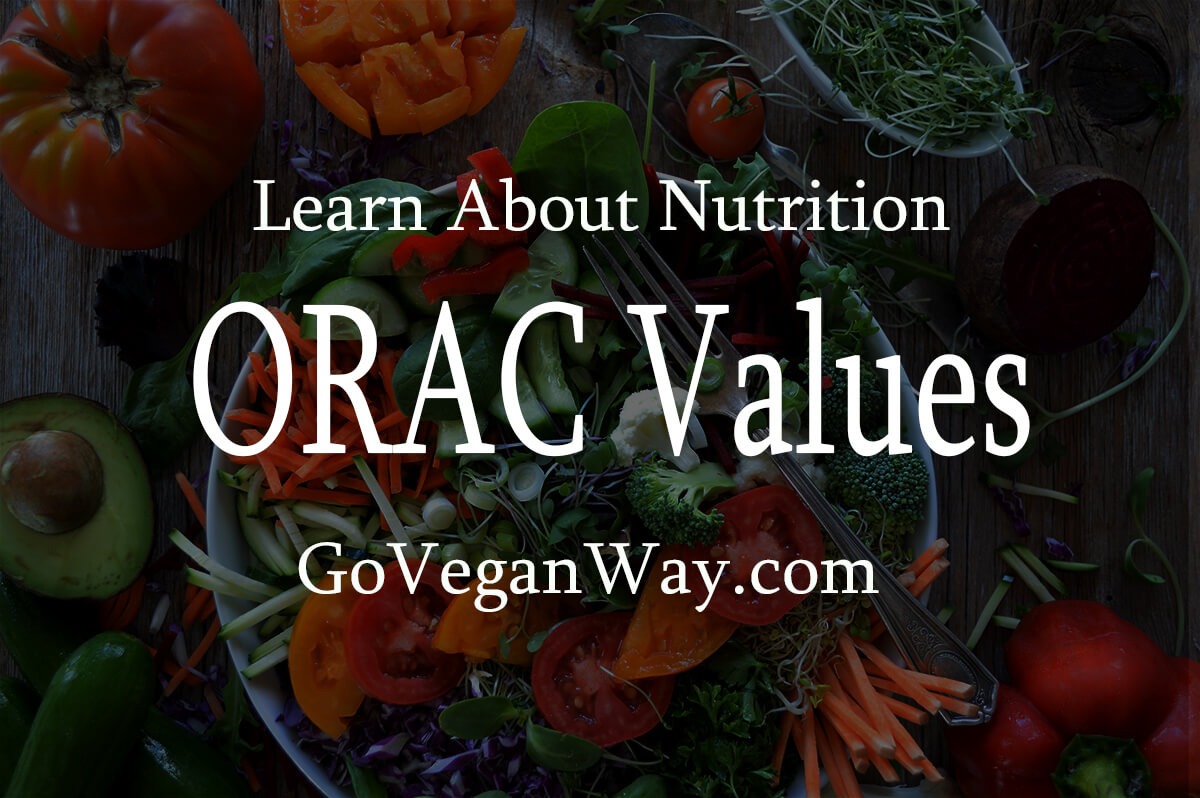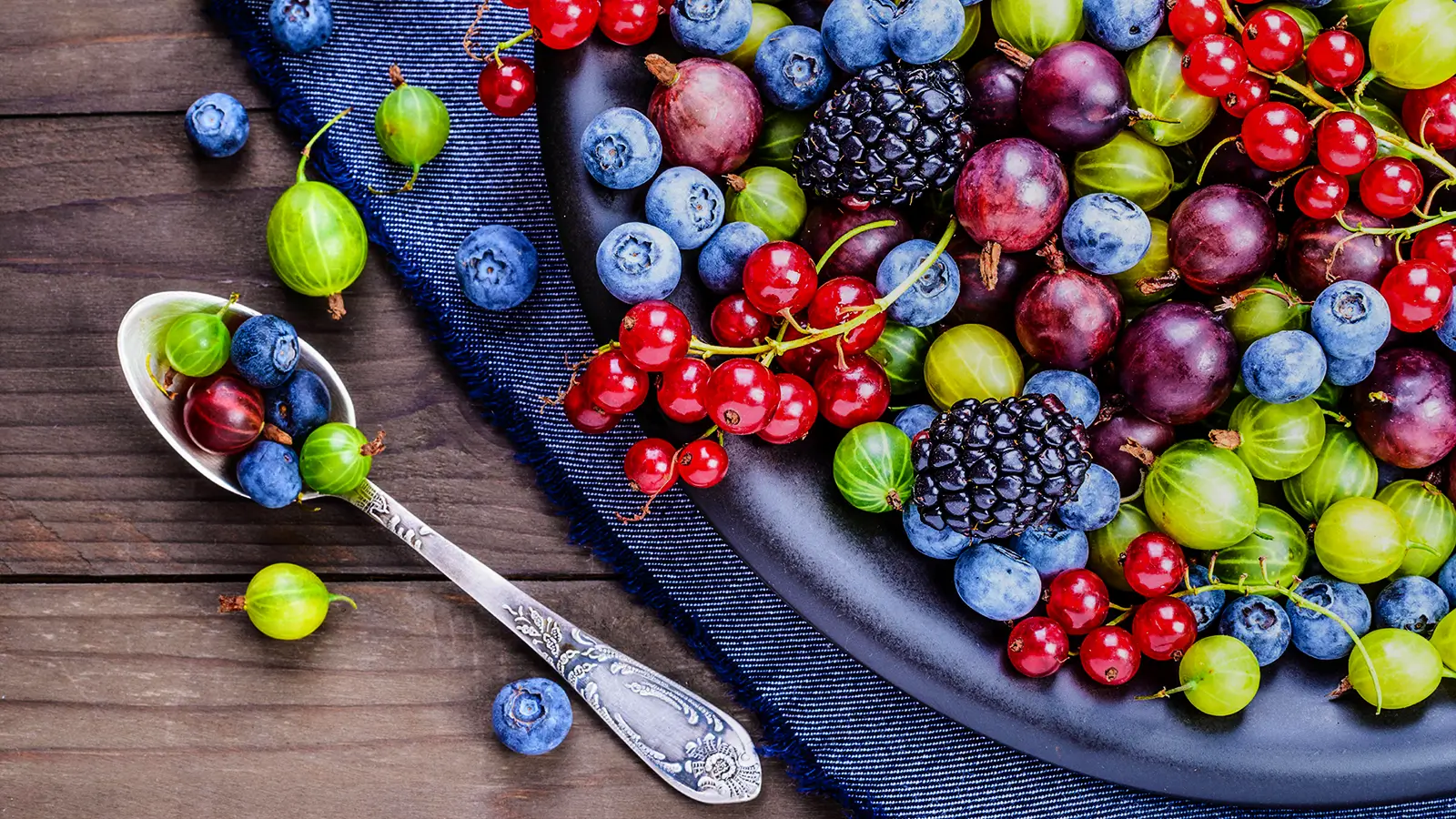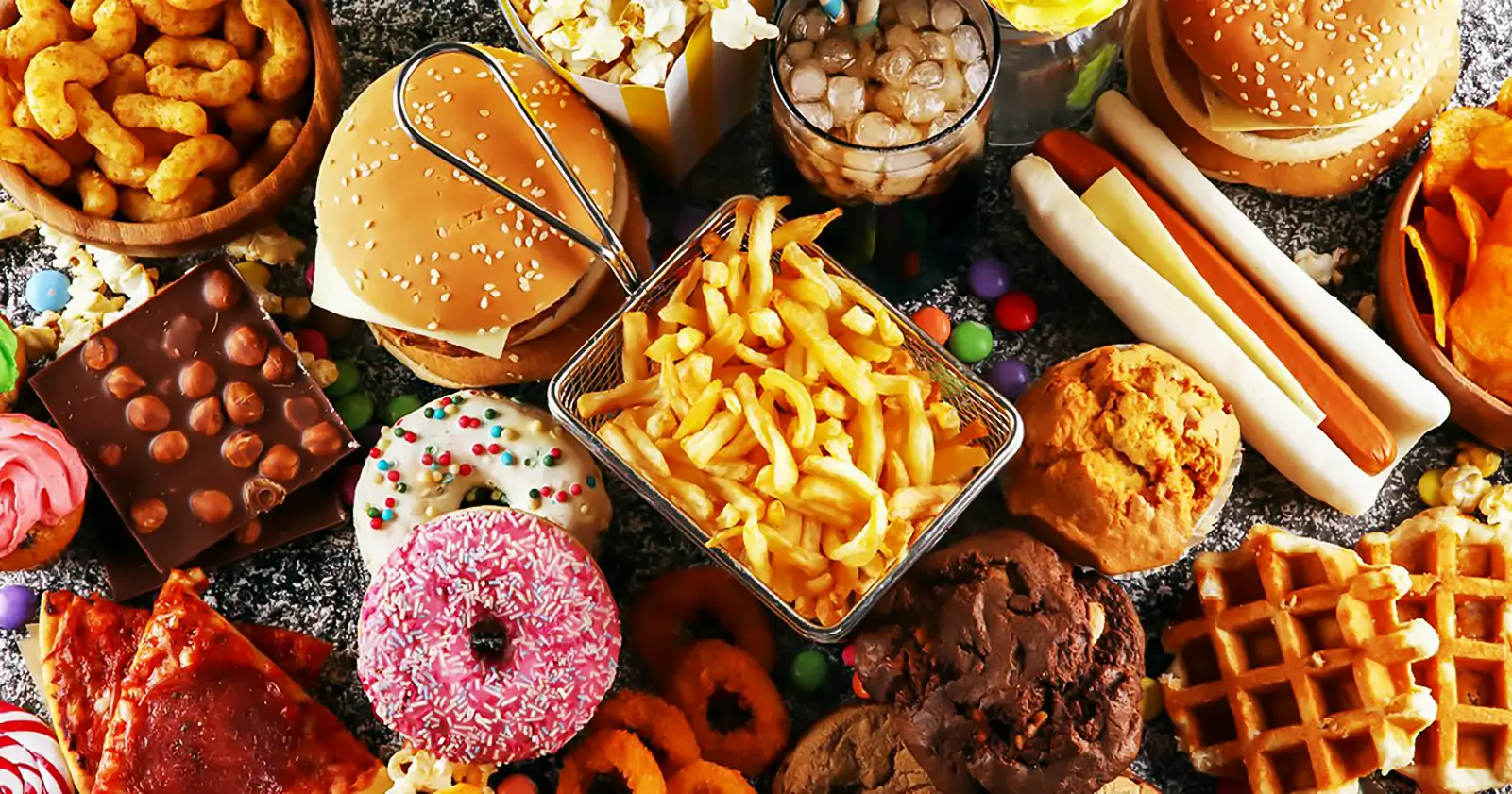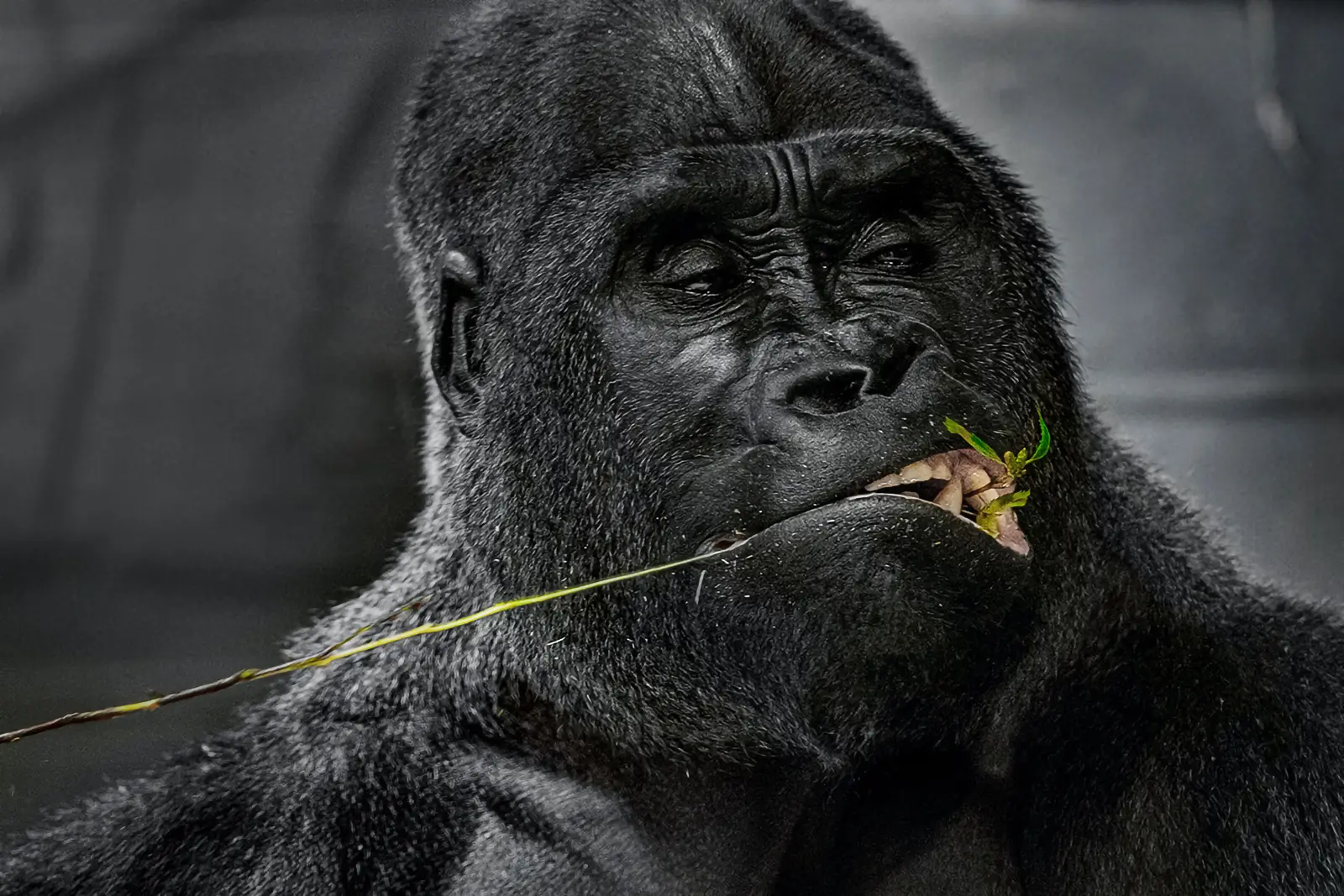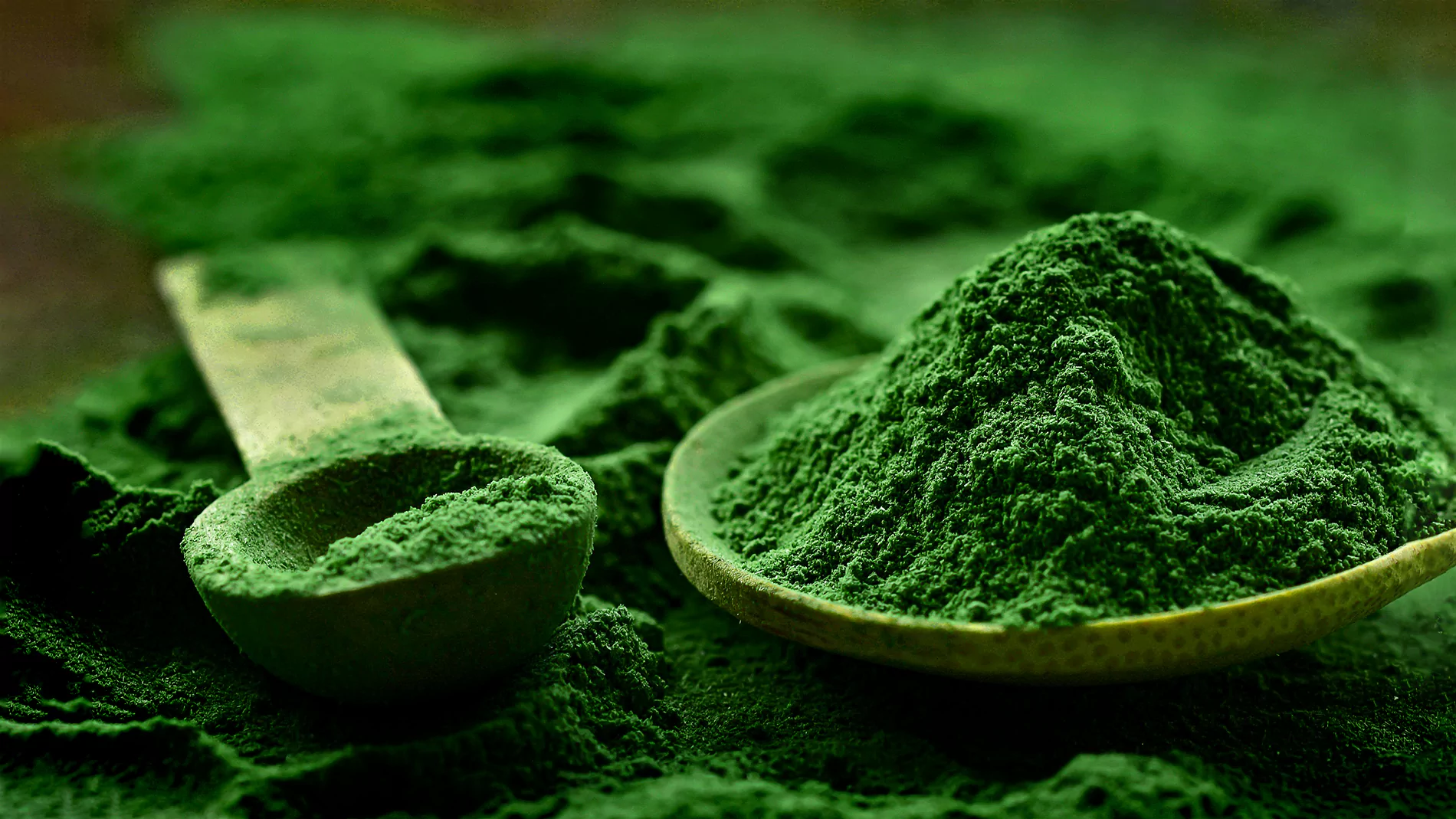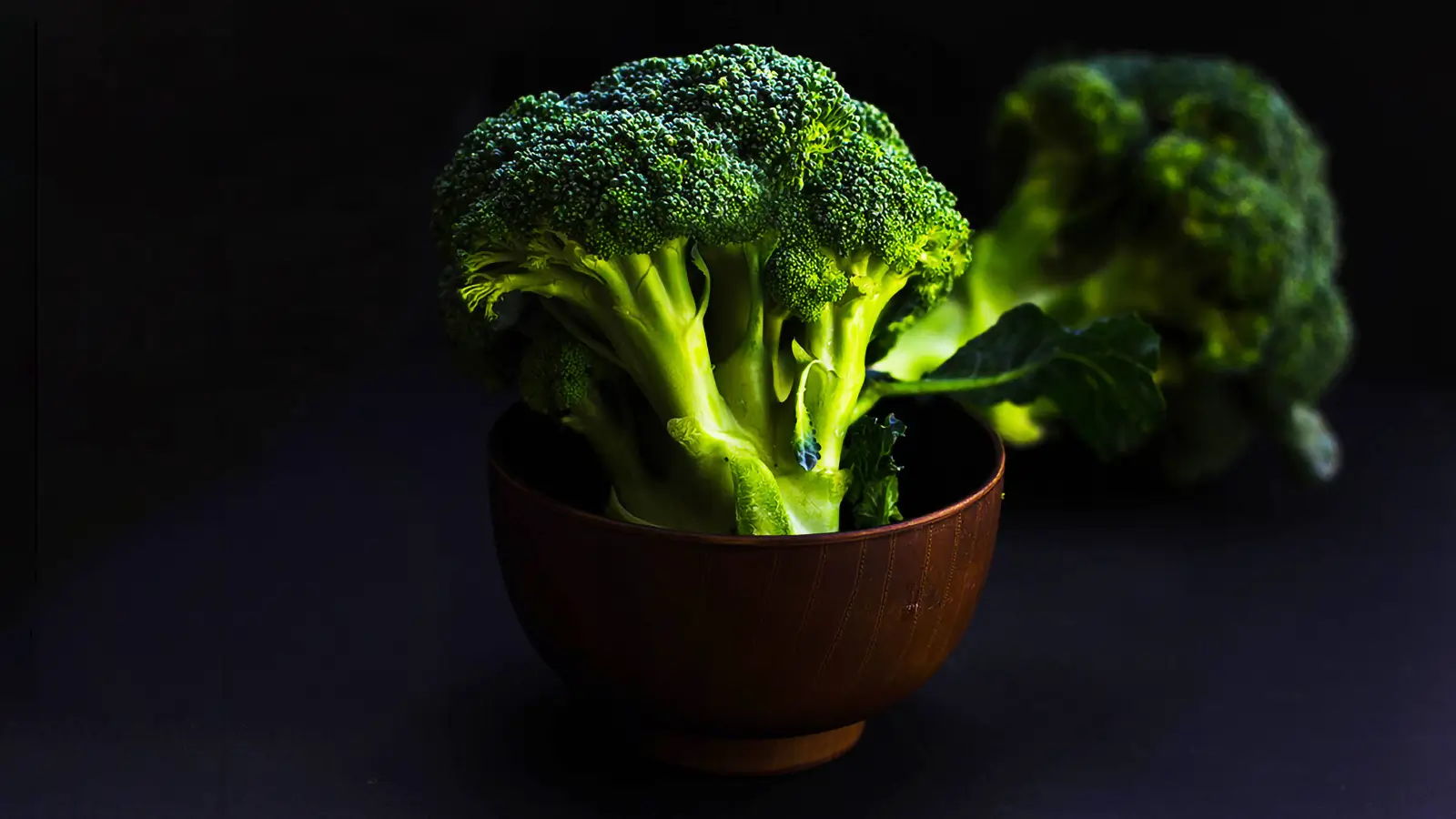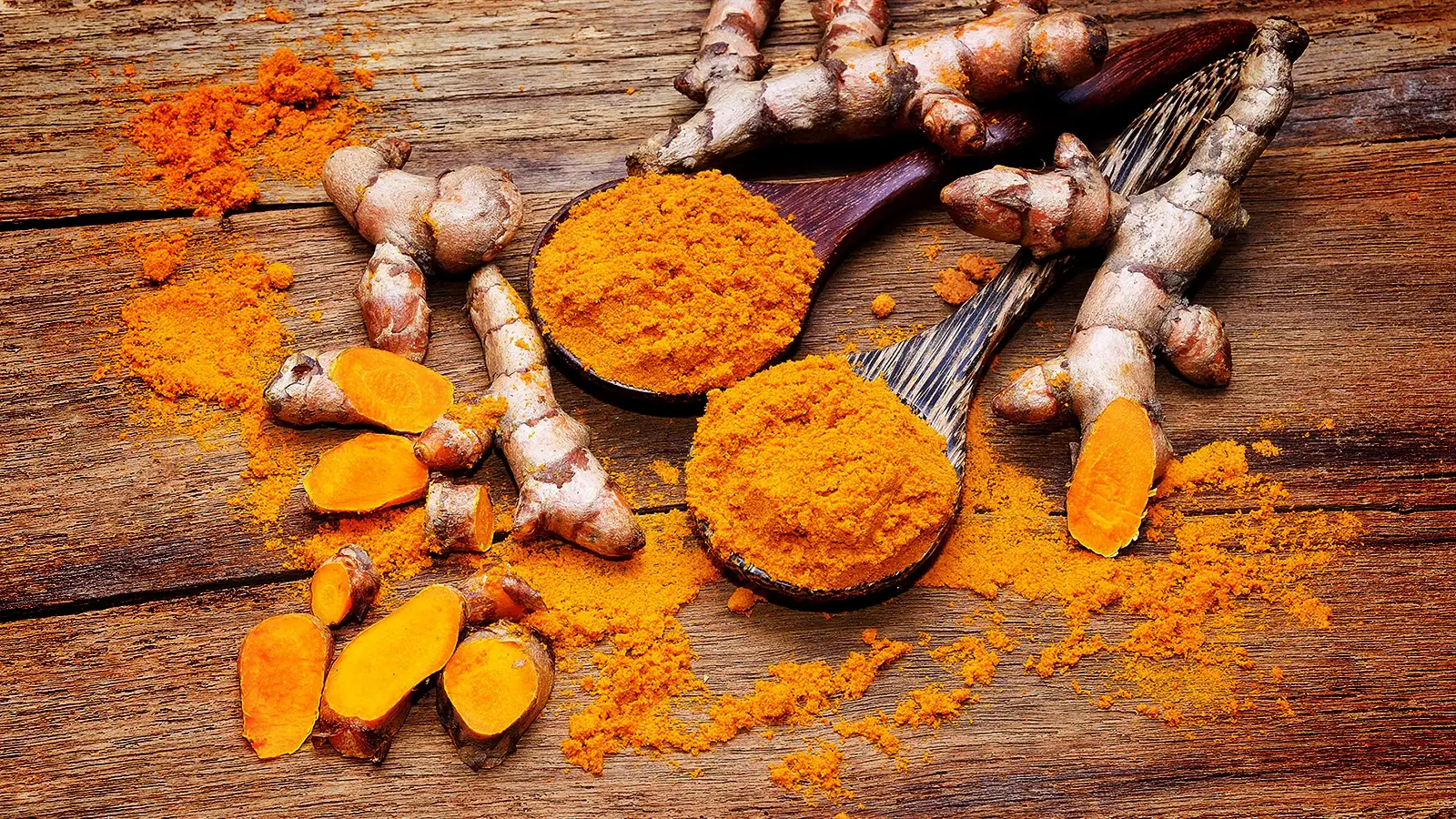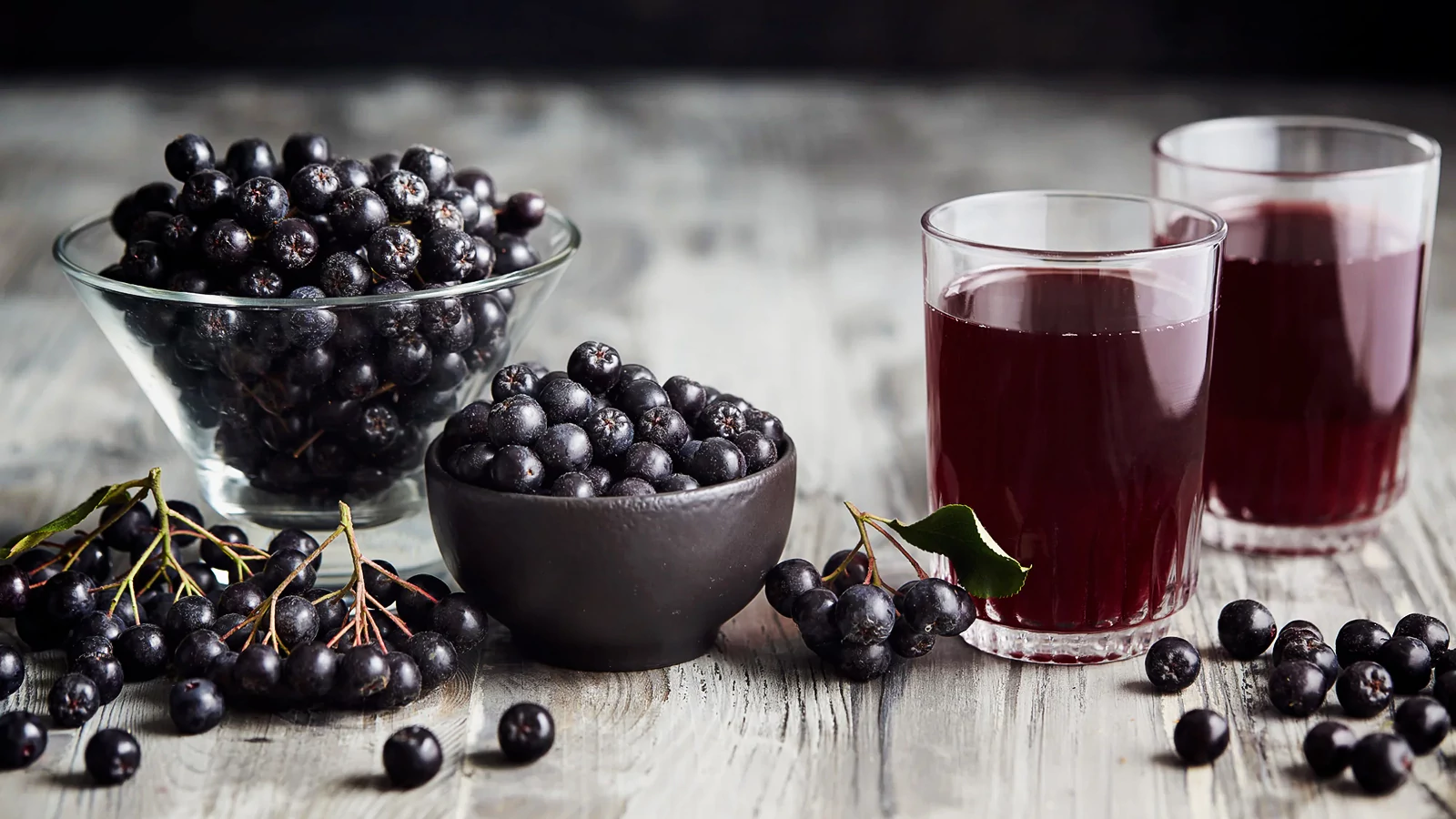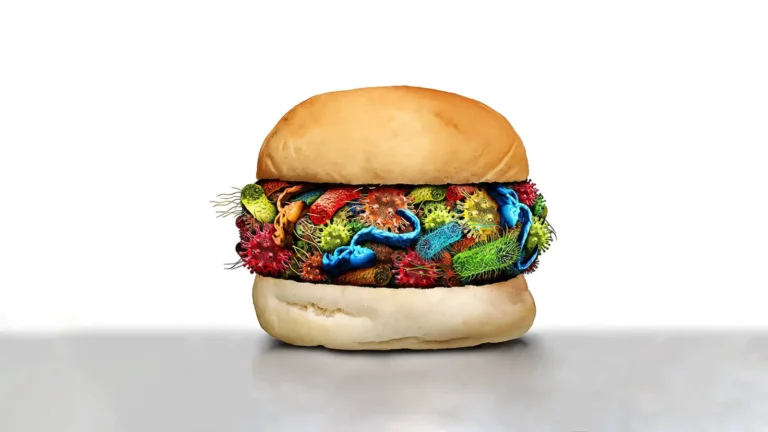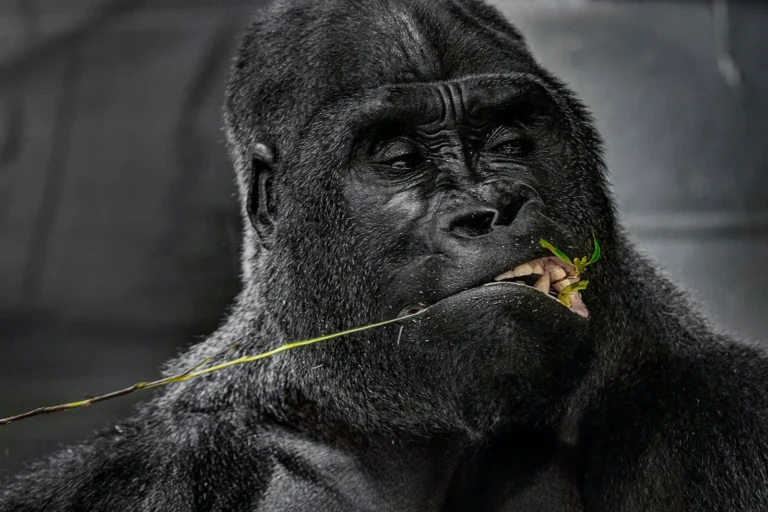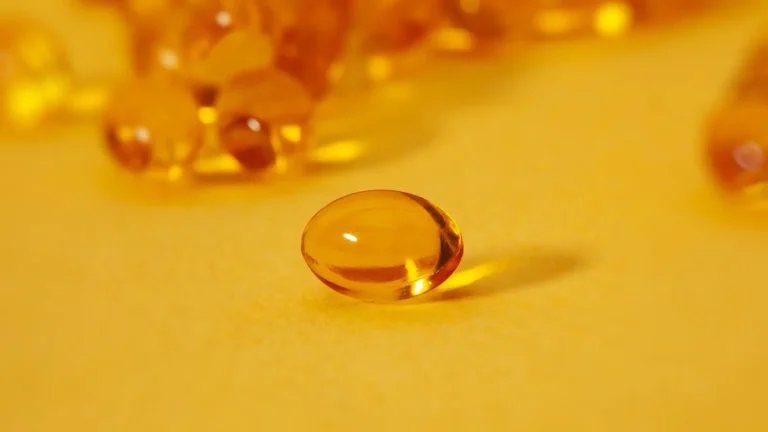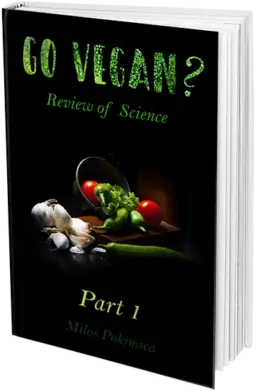Phytochemicals: Understanding the Basics
Every single phytochemical that exists has a biological action in the human body. Every single one from millions of different phytochemicals.
Milos Pokimica
Written By: Milos Pokimica
Medically Reviewed by: Dr. Xiùying Wáng, M.D.
Updated July 16, 2023Key Takeaways:
– When plants absorb sunlight, they will store that light as chemical energy, and it does not need to be just glucose. It can be stored in any form of sugar or oil.
– Plants, unlike animals, can only defend themselves by chemistry.
– Plants also suffer from DNA damage by free radicals so they also need to have a defense against oxidation and solar radiation.
– If animals want to live and want to consume or extract sugar or fat from plants by consuming them, they will also have to consume all of the other chemicals that are present in the plant also.
– In time adaptation will be so complete that animals would not be able to live without some of the phytochemicals that are produced in the plants that they are eating. In that case, these chemicals would become essential for life as much as sugar or fat are and are known as vitamins.
– Every phytochemical that exists has a biological action in the human body.
– Phytochemicals are essential but health effects from deficiency are chronic and show themselves in the long run.
Photosynthesis.
Earth is a planet. The planet is not just a planet. It is a closed system where balance exists. Balance in nature is also known as a food chain. In the food chain, the top predators are the highest life forms. Beneath them are herbivore animals and beneath them plants.
Plants are the base of our entire ecosystem. It is only the plant kingdom that is producing new energy and only the plant kingdom.
All forms of animals including humans are uses that eat already stored forms of energy. If animals eat other animals, they are still consuming the energy that herbivore animals got by eating plants in the first place. However, the plants themselves are not producing as well. They do not produce energy out of thin air. They are just producing biological matter but the source of that energy is the Sun. There are some deep-sea communities that instead of the Sun tap into the energy of hydrothermal vents but for the most part, plants are the main producers. It is electromagnetic energy from the Sun that fuels nearly all of the planet’s ecosystem. Plants are just creating solid biological matter out of light through the process of photosynthesis. Photo means light and synthesis means creation.
Because they can create their own food using light energy, plants are classified as autotrophs. Our cells and all living cells on Earth use glucose to survive. Oil and fat and all other types of sugar need to convert to glucose before cells can utilize them. Producers of glucose are predominantly plants, meaning algae as well and in some smaller amounts even some microorganisms.
During photosynthesis, plants take in carbon dioxide (CO2) from the air and water (H2O) from the soil. Within the plant cell, water is oxidized, which means it loses electrons, while carbon dioxide is reduced, which means it receives electrons. Water is converted into oxygen and carbon dioxide into glucose as a result. After storing energy within the glucose molecules, the plant releases the oxygen back into the atmosphere.
All green plant tissues can photosynthesize, but the majority of photosynthesis usually takes place in the leaves. The cells in a middle layer of leaf tissue called the mesophyll are the primary site of photosynthesis. Each mesophyll cell contains organelles called chloroplasts, which are specialized to carry out the reactions of photosynthesis. Within each chloroplast are disc-like structures called thylakoids. The membrane of each thylakoid contains green-colored pigments called chlorophylls that absorb light.
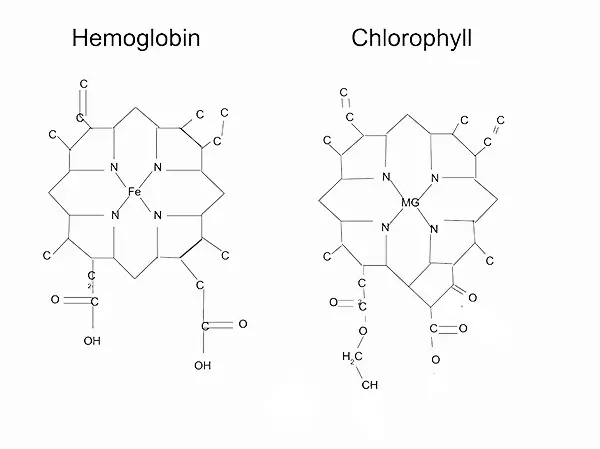
Chlorophylls absorb light energy, which is then transformed into chemical energy via the creation of two compounds: ATP, a molecule that stores energy, and NADPH, an electron carrier that is reduced. Water molecules are also changed into oxygen gas during this process. The oxygen that animals breathe. The overall result of this process is the temporary storage of captured light energy in the chemical forms of ATP and NADPH. To release energy, ATP is then broken down, and NADPH donates its electrons to convert carbon dioxide molecules into sugars. The energy that began as light eventually becomes bound up in the bonds of the sugars.
Bodybuilders like to take a creatine supplement to increase their ATP (adenosine triphosphate) storage levels in muscle tissue. This increases overall strength and especially endurance.
The existence of the great majority of life on Earth depends on photosynthesis. It is how almost all of the energy in the biosphere is made accessible to living beings. As primary producers, photosynthetic organisms form the base of Earth’s food webs and are consumed directly or indirectly by all higher life forms. Additionally, almost all the oxygen in the atmosphere is due to the process of photosynthesis.
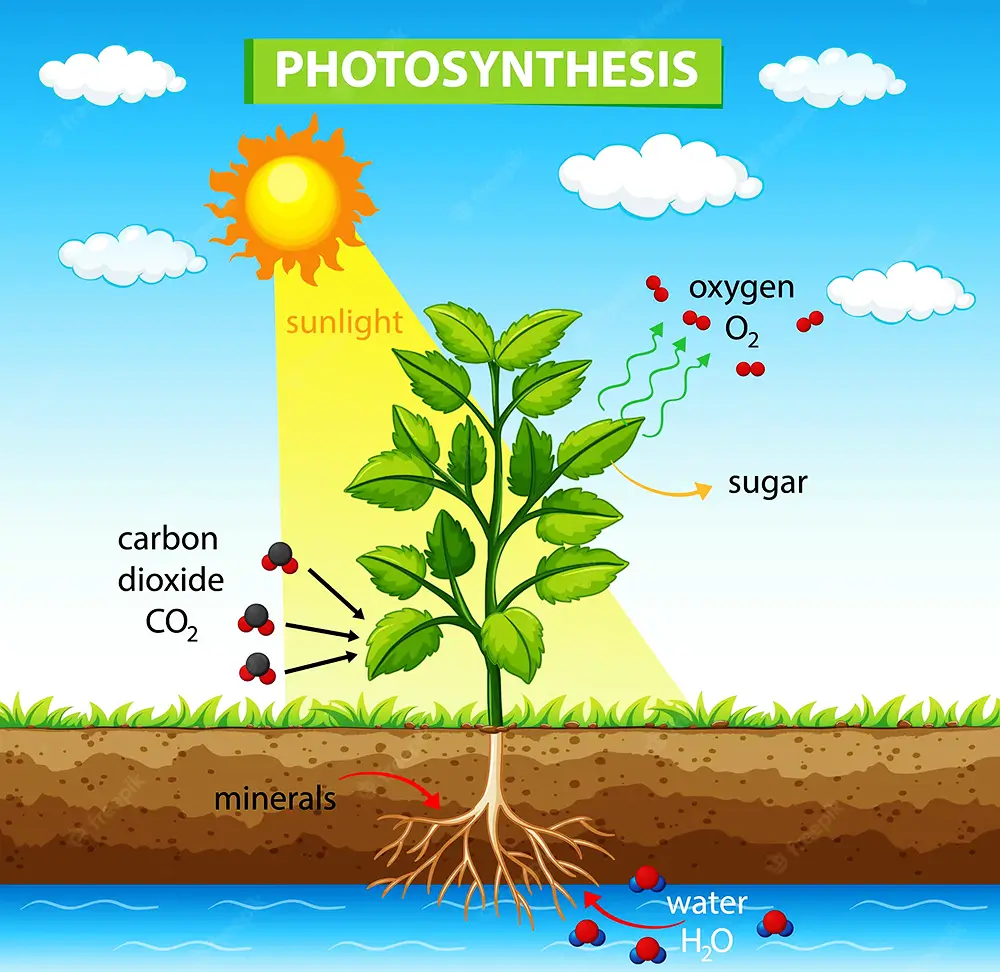
Every single protein that bodybuilders will drink from a whey protein shake is made by plants.
Everything that exists is just stored solar energy. We are all actually made out of light. When plants absorb sunlight, they will store that light as chemical energy, and it does not need to be just glucose. It can be stored in any form of sugar or oil. Sugar can be simple sugar like fructose in fruit or some complex form of sugar as carbohydrates. Oil can be also stored in different types but it is just stored solar energy.
Consumers.
If we want to live, unlike plants, we have to physically consume some form of energy.
Also, we have to consume building blocks of tissue in the form of amino acids and minerals. We cannot use solar energy to live therefore we need to eat.
But there is one more difference between animals and plants. Plants cannot move. They cannot defend themselves from animals. If we get too cold or too warm, we will move. If there is a drought, we will move also.
Plant’s immune system.
Plants, unlike animals, can only defend themselves by chemistry.
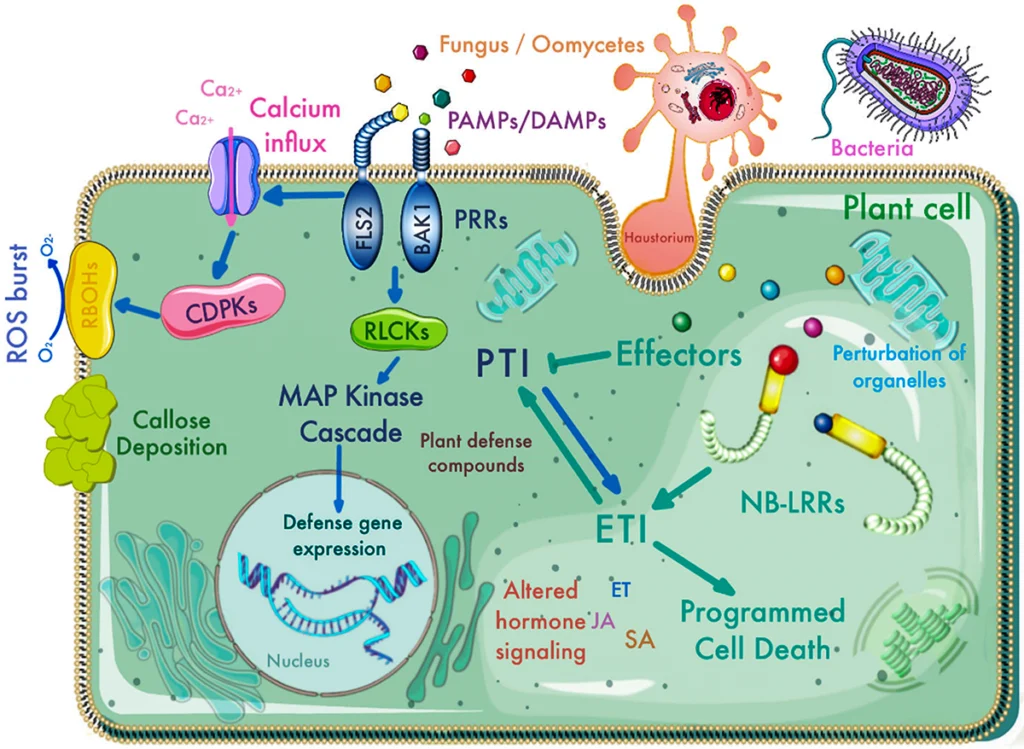
They don’t like to be eaten or attacked and the only way they can protect themselves is by millions of different chemicals that they will produce. Like us, plants too are attacked by bacteria and fungi and like us, they have an immune system to ward off these attackers. They also have an immune system to ward off animals as well so some of them will have extremely toxic substances and will kill any animal that eats them. Plants also suffer from DNA damage by free radicals so they also need to have a defense against oxidation and solar radiation. All of these chemicals are the plant’s immune system. Some of them have other metabolic functions as well.
So, by now, a big problem arises for all animals. If animals want to live and want to consume or extract that sugar or fat from plants by consuming them, they will also have to consume all of the other chemicals that are present in the plant also.
Package deal.
In nature, food is a package deal.
All for the price of one. These chemicals that are present in the tissues of plants are known as phytochemicals. Phyto means plants in ancient Greek.
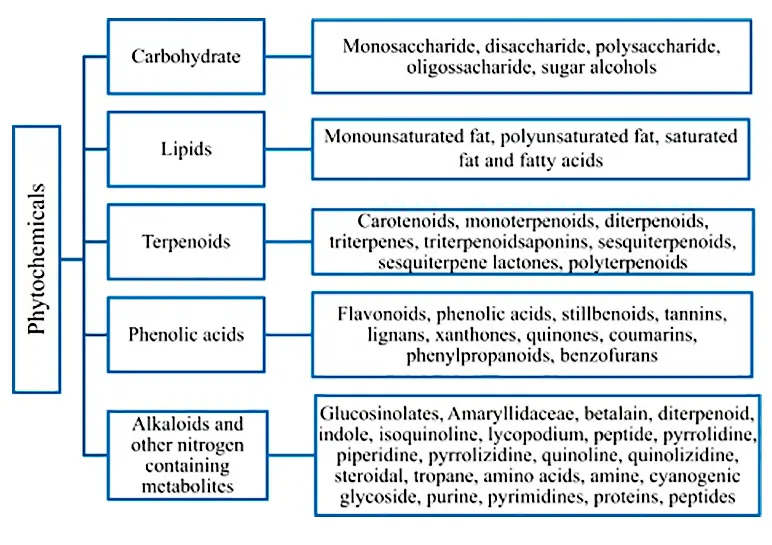
In millions of years of evolution animals that depended on plants for existence adapted at eating some of them. Not all of them, just some. Different types of animals eat different types of plants that they are adapted to by evolution. The reason why we exist today as humans with big brains is the high quality of diet that cooking of hard-to-digest plant sources enabled. There is no other animal that uses fire. Fire will destroy some of the toxic phytochemicals and will free up the energy reserves in the plants to become more bioavailable and as a consequence, we will be able to digest a wide range of different plant species. It was Homo erectus that was the first one to use fire for cooking. But still, even with modern technology, we are still unable to eat most of the plant’s species because of the different toxic phytochemicals in them or we would not be able to digest fiber in them as grazers do. So, evolution still plays a role.
Different herbivore species will eat different plants and in time they will adapt their organism to different chemicals that are found in that particular plant. In time adaptation will be so complete that animals would not be able to live without some of the phytochemicals that are produced in the plants that they are eating. In that case, these chemicals would become essential for life as much as sugar or fat are and are known as vitamins. Vita means life.
Before vitamins became essential for the life of different species, they were just one more phytochemical. For instance, vitamin C is a good example. In carnivorous species, vitamin C is not a vitamin. The liver of carnivores is able to produce this vitamin because they do not consume it in adequate amounts from animal tissue. On the other hand, humans that eat plant food have a need for dietary vitamin C or we die from scurvy. Vitamin C has become a necessary substance for our existence.
Vitamin A, for example, is just the orange pigment that we see in pumpkins or carrots. Our body uses beta-carotene pigment from carrots to make vitamin A. Before vitamin A became vitamin, it was just a pigment that plants use as a defense against free radical oxidation. It was just one more antioxidant but in time it became an essential vitamin through adaptation. Besides vitamins, there are thousands of different phytochemicals that are not vitamins but are still important to a lesser or higher degree. There was a big debate in the scientific community until the range of experiments was done on the question does all of these thousands of different phytochemicals that are not vitamins still have a biological action in the human body as well.
Phytochemical metabolism.
If plants are stressed and produce some phytochemical as a defensive reaction does that chemical still have a similar role in our organism? And the answer is yes.
For every single plant and for every single phytochemical that exists, every single one has a biological action in the human body. Every single one from millions of different phytochemicals.
All of the phytochemicals on this planet are biologically active in the human body. This might seem too strange because there are literary hundreds of different chemicals in every one of hundreds of thousands of different plant species in existence. Some will have strong reactions some will be mostly extracted from the body without any major impact but to all practical means, we can say that every single one will have some biological action in the human body.
We still have a hard time understanding that plants were here before animals. Animals need plants to sustain themselves and until the first plant species evolved there could not be any animal species. In hundreds of millions of years of evolution, the animals coevolved by eating plants. Animals including humans are just “children“ of plants and therefore it is normal for us to have a biological reaction on a wide range of phytochemicals that exist today.
We evolved to use these chemicals for our own benefit. Not just vitamins but a wide range of other phytochemicals as well. We still have the capability to utilize, for example, different antioxidants from plants in our own defense or even aspirin. It is a psychological issue for some people.
In the medical science of today (allopathic medicine) phytochemicals are not considered essential. In fact, they are not considered biologically important at all. In modern medicine, if a phytochemical is not scientifically proven to be a vitamin it is considered of no importance at all. Even if there is a line of studies that proved the beneficial effects of some phytochemicals on the human body it would be not accepted as essential. They might make a patent on that extracted chemical to make a drug but it would still not be considered as important. For example today you would not be able to find an ORAC table of values anywhere because allopathic medicine decided to pull it off and declare that phytochemicals are not biologically active in the human body or are not bioavailable and that is misleading to consumers leading them to make different commercial choices based on fake and unproven claims. Only two antioxidants are important, water-soluble vitamin C and fat-salable vitamin E. And all of this is done deliberately.
It is the truth that most of those phytochemicals are not vitamins and that we can live without them. They are not essential vitamins but again they are needed because in our normal evolution, our body adapted to consume a large amount of those phytochemicals and there will be a lot of health issues if we don’t have adequate intake. If we don’t take vitamins, we can die but if we, for example, don’t have an adequate intake of antioxidants we will not die. We will have higher inflammation that would lead to chronic disease and then we will die from some illness like cancer. Scientists say that phytochemicals are not vitamins but will use them in cancer treatment. So, it is a half-truth.
Phytochemicals or most of them because of our plant-based evolution are essential but the effects are chronic and show themselves in the long run.
If we don’t take adequate levels of vitamins, we could die in a relatively short period but if we are lacking in some other phytochemicals we will “just“ shorten our lifespan, have higher inflammation, and wide range of other chronic diseases. Then again some chronic diseases like cancer can be deadly.
The only difference between a vitamin and a phytochemical is not in their origin but in the importance of that chemical to our survival. A vitamin is just a term that scientists use to describe phytochemical that is important to a higher extent in our life.
And the problem is that today the number one antioxidant source in the standard Western diet is coffee. For 50 million years of hominin evolution, we were forced to eat whole food and actually whole raw food diet to survive. In a whole-food diet, phytochemicals come as a package deal. Today we extract calories from food to have oil, fat, and sugar and refine food to have nice white flour, and the rest of the diet is just animal products.
There are no phytochemicals in animal products.
Cooking also destroys some of the phytochemical content.
From our natural whole-food diet, we have mutated to eat a standard Western type of phytochemical-deprived diet and as maladaptation, we have to suffer some serious consequences.
Clinical importance.
And allopathic medicine is a contributor to all of the confusion. Doctors don’t have a problem prescribing Lovastatin for lowering cholesterol but will have a hard time believing in herbal medicine. In Chinese herbal medicine, red yeast rice was a traditional medication for heart disease for thousands of years. But what did they know? Well, it turns out that red yeast contains Lovastatin. Lovastatin was created by the extraction.
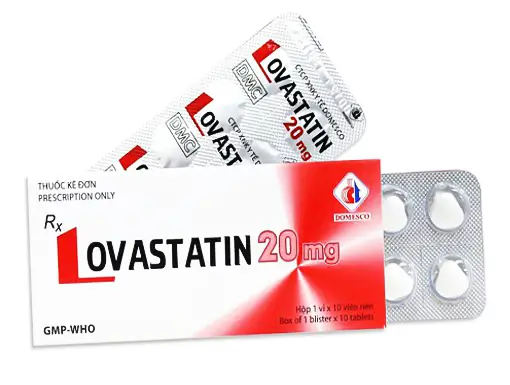
Most of the drugs today, more than 50 percent of all drugs are extracted as a phytochemical and are not created from zero (Newman and Cragg, 2007). In cancer treatment, for example, 73% are not synthetic, with 47% actually being either completely natural products or directly derived from them.
They are just extracted and patented as an extracted chemical and Big Pharma doesn’t want people to know this. They like when people believe that drugs are wonders of modern science and not just some extracted chemicals from plants.
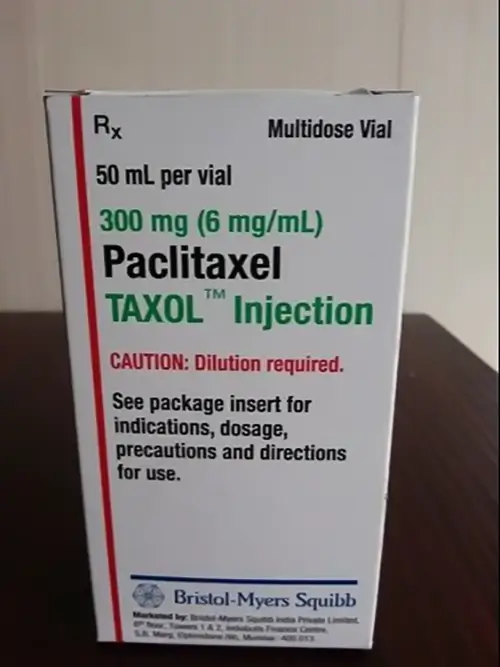
Taxol, the revolutionary chemotherapy drug, for example, is just literally dried bark scraped from the Pacific yew tree. Until they managed to find a way to grow tree cells in a laboratory to extract that phytochemical, they literally paid people to go and scrap bark from trees. Morphine and other drugs for anesthesia, Quinine, and other drugs for malaria, Digoxin, and colchicine all are natural. Periwinkle is used as a treatment for childhood leukemia but you would not know that. On the bottle, it would be labeled as vincristine sulfate injection and it is prescribed only medicine.
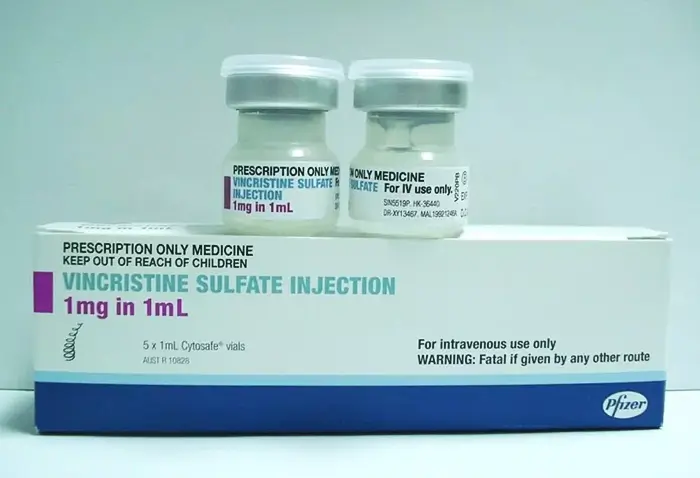
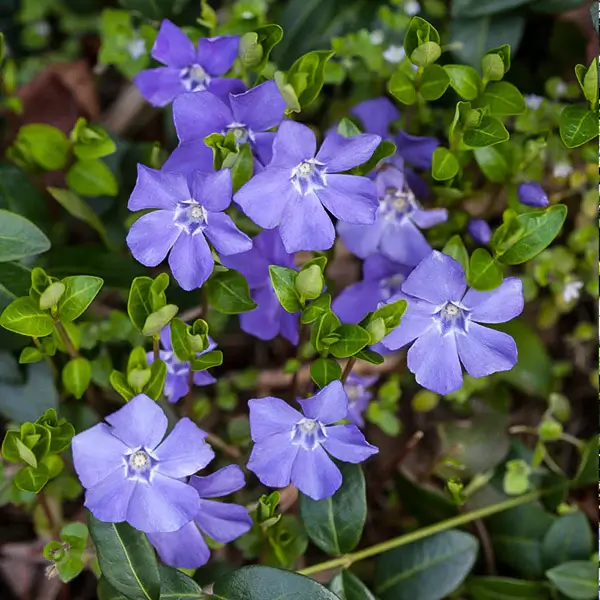
Holistic healers or better known today as quacks in Middle Ages rubbed moldy bread to treat infected wounds. Allopathic doctors of that time that used surgery and bleeding and heavy metals like mercury to “displace” diseases called them idiots that use herbs and moldy bread until a couple of hundred years later when penicillin was discovered. Allopathic doctors of today still call them quacks but today they just don’t tell their patients that most of their medicine is actually herbal essences extracted into a pill with a fake name.
Conclusion:
- When plants absorb sunlight, they will store that light as chemical energy, and it does not need to be glucose. It can be stored in any form of sugar or oil.
- Every single protein that bodybuilders will drink from a whey protein shake is made by plants.
- If we want to live, unlike plants, we have to consume some form of energy physically.
- In nature, food is a package deal.
- Plants, unlike animals, can only defend themselves by chemistry.
- If animals want to live and want to consume or extract sugar or fat from plants by consuming them, they will also have to consume all of the other chemicals that are present in the plant also.
- In time adaptation will be so complete that animals would not be able to live without some of the phytochemicals that are produced in the plants that they are eating. In that case, these chemicals would become essential for life as much as sugar or fat are and are known as vitamins.
- Every phytochemical that exists has a biological action in the human body.
- Phytochemicals are essential but deficiency health effects are chronic and show themselves in the long run.
- A vitamin is just a term that scientists use to describe phytochemical that is important to a higher extent in our life.
- There are no phytochemicals in animal products.
- Cooking also destroys some of the phytochemical content.
- From our natural whole-food diet, we have mutated to eat a standard Western type of phytochemical-deprived diet and as maladaptation, we have to suffer some serious consequences.
- More than 50 percent of all drugs are extracted as a phytochemical and are not created from zero (Newman and Cragg, 2007). In cancer treatment, for example, 73% are not synthetic, with 47% actually being either completely natural products or directly derived from them.
References:
Passages selected from a book: Pokimica, Milos. Go Vegan? Review of Science Part 3. Kindle ed., Amazon, 2020.
- Zhang, S., Li, C., Si, J., Han, Z., & Chen, D. (2022). Action Mechanisms of Effectors in Plant-Pathogen Interaction. International Journal of Molecular Sciences, 23(12), 6758. https://doi.org/10.3390/ijms23126758
- Ngou, B. P. M., Jones, J. D. G., & Ding, P. (2022). Plant immune networks. Trends in plant science, 27(3), 255–273. https://doi.org/10.1016/j.tplants.2021.08.012
- Song, W., Forderer, A., Yu, D., & Chai, J. (2021). Structural biology of plant defence. The New phytologist, 229(2), 692–711. https://doi.org/10.1111/nph.16906
- Newman, D. J., & Cragg, G. M. (2007). Natural products as sources of new drugs over the last 25 years. Journal of natural products, 70(3), 461–477. https://doi.org/10.1021/np068054v
Related Posts
Do you have any questions about nutrition and health?
I would love to hear from you and answer them in my next post. I appreciate your input and opinion and I look forward to hearing from you soon. I also invite you to follow us on Facebook, Instagram, and Pinterest for more diet, nutrition, and health content. You can leave a comment there and connect with other health enthusiasts, share your tips and experiences, and get support and encouragement from our team and community.
I hope that this post was informative and enjoyable for you and that you are prepared to apply the insights you learned. If you found this post helpful, please share it with your friends and family who might also benefit from it. You never know who might need some guidance and support on their health journey.
– You Might Also Like –

Learn About Nutrition
Milos Pokimica is a doctor of natural medicine, clinical nutritionist, medical health and nutrition writer, and nutritional science advisor. Author of the book series Go Vegan? Review of Science, he also operates the natural health website GoVeganWay.com
Medical Disclaimer
GoVeganWay.com brings you reviews of the latest nutrition and health-related research. The information provided represents the personal opinion of the author and is not intended nor implied to be a substitute for professional medical advice, diagnosis, or treatment. The information provided is for informational purposes only and is not intended to serve as a substitute for the consultation, diagnosis, and/or medical treatment of a qualified physician or healthcare provider.NEVER DISREGARD PROFESSIONAL MEDICAL ADVICE OR DELAY SEEKING MEDICAL TREATMENT BECAUSE OF SOMETHING YOU HAVE READ ON OR ACCESSED THROUGH GoVeganWay.com
NEVER APPLY ANY LIFESTYLE CHANGES OR ANY CHANGES AT ALL AS A CONSEQUENCE OF SOMETHING YOU HAVE READ IN GoVeganWay.com BEFORE CONSULTING LICENCED MEDICAL PRACTITIONER.
In the event of a medical emergency, call a doctor or 911 immediately. GoVeganWay.com does not recommend or endorse any specific groups, organizations, tests, physicians, products, procedures, opinions, or other information that may be mentioned inside.
Editor Picks –
Milos Pokimica is a health and nutrition writer and nutritional science advisor. Author of the book series Go Vegan? Review of Science, he also operates the natural health website GoVeganWay.com
Latest Articles –
Top Health News — ScienceDaily
- Scientists reverse Alzheimer’s in mice and restore memoryon December 24, 2025
Alzheimer’s has long been considered irreversible, but new research challenges that assumption. Scientists discovered that severe drops in the brain’s energy supply help drive the disease—and restoring that balance can reverse damage, even in advanced cases. In mouse models, treatment repaired brain pathology, restored cognitive function, and normalized Alzheimer’s biomarkers. The results offer fresh hope that recovery may be possible.
- Why consciousness can’t be reduced to codeon December 24, 2025
The familiar fight between “mind as software” and “mind as biology” may be a false choice. This work proposes biological computationalism: the idea that brains compute, but not in the abstract, symbol-shuffling way we usually imagine. Instead, computation is inseparable from the brain’s physical structure, energy constraints, and continuous dynamics. That reframes consciousness as something that emerges from a special kind of computing matter, not from running the right program.
- This tiny peptide could help stop brain damage after injuryon December 24, 2025
A four–amino acid peptide called CAQK has shown powerful brain-protective effects in animal models of traumatic brain injury. Delivered through a standard IV, it zeroes in on injured brain tissue, calming inflammation and reducing cell death while improving recovery. The peptide worked in both mice and pigs, whose brains are closer to humans in structure. Researchers are now preparing to move toward early human clinical trials.
- These nanoparticles kill cancer cells while sparing healthy oneson December 24, 2025
Researchers have created tiny metal-based particles that push cancer cells over the edge while leaving healthy cells mostly unharmed. The particles work by increasing internal stress in cancer cells until they trigger their own shutdown process. In lab tests, they killed cancer cells far more effectively than healthy ones. The technology is still early-stage, but it opens the door to more precise and gentler cancer treatments.
- Your roommate’s genes may be shaping your gut bacteriaon December 24, 2025
Scientists studying thousands of rats discovered that gut bacteria are shaped by both personal genetics and the genetics of social partners. Some genes promote certain microbes that can spread between individuals living together. When researchers accounted for this social sharing, genetic influence on the microbiome turned out to be much stronger than previously thought. The study suggests genes can affect others indirectly, without DNA ever being exchanged.
- MIT scientists strip cancer of its sugar shieldon December 23, 2025
Scientists at MIT and Stanford have unveiled a promising new way to help the immune system recognize and attack cancer cells more effectively. Their strategy targets a hidden “off switch” that tumors use to stay invisible to immune defenses—special sugar molecules on the cancer cell surface that suppress immune activity. Early tests show it can supercharge immune responses and outperform current antibody therapies.
- Scientists find a weak spot in deadly fungus that shut down hospital intensive care unitson December 23, 2025
A deadly hospital fungus that resists nearly every antifungal drug may have an unexpected weakness. Researchers discovered that Candida auris activates specific genes during infection to hunt for nutrients it needs to survive. This insight came from a new living-host model that allowed scientists to watch the fungus in action. The findings could eventually lead to new treatments or allow current drugs to be repurposed.
PubMed, #vegan-diet –
- Comparing diet-related attitudes, perceptions, and behaviors of vegan and omnivorous adults: results from a cross-sectional survey study in Germanyon December 22, 2025
CONCLUSION: The findings are consistent with and build on existing research on cognitive and behavioral patterns related to a vegan diet, while at the same time yielding some additional insights. In particular, the results on significant differences in the risk-benefit perception of a vegan diet, as well as on motivations and influences regarding the decision to follow a vegan diet provide an important basis for the development of public health interventions and a foundation for further […]
- Assessment of vitamin A, vitamin B2, vitamin B12, vitamin K, folate, and choline status following 4 months of multinutrient supplementation in healthy vegans: a randomised,…on December 19, 2025
CONCLUSION: A multinutrient supplement containing 82 µg of vitamin B(12) per day significantly positively affected vitamin B(12) blood biomarkers in healthy vegans.
- Exploring the synergistic potential of pH and ultrasonication on the functional properties of pea and lentil protein isolates and its formulation in food producton December 15, 2025
The substitution of meat proteins with plant-based proteins from various sources is often motivated by nutritional considerations. However, the inherent limited solubility of plant proteins, which results in suboptimal techno-functional properties, remains a persistent challenge in food formulation. The purpose of this study was to utilize unique properties of pea (Pisum sativum L.) and lentil (Lens culinaris) through ultrasonication and pH variation in order to develop a stable and […]
- Healthful and Unhealthful Plant-Based Diets and Their Association with Cardiometabolic Targets in Women Diagnosed with Breast Cancer: A Cross-Sectional Analysis of a Lifestyle Trialon December 11, 2025
CONCLUSIONS: Maintaining cardiometabolic risk factors within normal ranges is clinically relevant in BCS, and this may be more likely when a plant-based diet is consumed, especially if low in unhealthy plant foods.
- Functional and Nutritional Properties of Lion’s Mane Mushrooms in Oat-Based Desserts for Dysphagia and Healthy Ageingon December 11, 2025
Hericium erinaceus (Lion’s Mane mushroom) is a medicinal species recognised for its neuroprotective and antioxidant properties. This study investigated its potential as a functional ingredient in oat milk-based desserts formulated for individuals with dysphagia. Freeze-dried Lion’s Mane powder (LMP), containing high-quality protein (~16%, amino acid score 88%), dietary fibre (~31%), and phenolic compounds (72.15 mg GAE/g), was incorporated at varying levels using gelatin or iota-carrageenan […]
Random Posts –
Featured Posts –
Latest from PubMed, #plant-based diet –
- The potential of immature jackfruit in meat analoguesby Anne C M Swinkels on December 24, 2025
The jackfruit, the fruit of the jackfruit tree ( Artocarpus heterophyllus ), is a unique tropical fruit. While sweet and fruity in its ripe form, in its immature form, the jackfruit flesh mimics the texture of meat, making it an increasingly popular plant-based meat analogue. To reach its full potential as an ingredient for meat analogues, a better understanding of the immature fruit properties in relation to its behaviour in food products is required. This review focuses on immature […]
- The 3V score and joint associations of low ultra-processed food, biodiverse and plant-based diets on colorectal cancer risk: results from the European Prospective Investigation into Cancer and…by Emine Koc Cakmak on December 24, 2025
BACKGROUND: Diet may modify colorectal cancer risk. We investigated the associations of three dietary patterns, ultra-processed food (UPF) consumption, healthy plant-based food consumption, and food biodiversity, separately and combined into a “3V” score with risk of colorectal cancer.
- Lifestyle-Based Approaches to Cancer Prevention and Treatment: Diet, Physical Activity, and Integrative Strategiesby Gianpiero Greco on December 24, 2025
Cancer remains a leading global cause of morbidity and mortality. Modifiable lifestyle factors, including avoidance of tobacco use and excessive ultraviolet radiation, healthy dietary patterns, regular physical activity, and weight management, play key roles in prevention and care. This narrative review synthesizes evidence on lifestyle-based interventions influencing cancer risk, treatment tolerance, and survivorship. A literature search was conducted in PubMed and Scopus, supplemented by…
- Public Healthby Julia L Sheffler on December 23, 2025
CONCLUSIONS: An MKD may provide unique benefits for ADRD risk reduction compared to the MEDDIET, and the ICAN program demonstrates feasibility to provide the tools necessary to allow older adults to implement either of these diets into their lifestyle.
- Public Healthby Debora Melo van Lent on December 23, 2025
CONCLUSION: Higher MIND diet scores associated with decreased all-cause dementia risk and being alive and dementia free at age 80. We encourage clinical trials to examine the MIND diet in relation to dementia related outcomes such as amyloid and tau to elucidate whether a causal relationship between the MIND diet and dementia pathologies exists.
- Public Healthby Emily A Johnston on December 23, 2025
CONCLUSION: Mean observed MIND diet and Veggie Meter scores show less than desirable intake of carotenoid-rich foods for reduction of AD/ADRD risk among participants. The majority of participants take dietary supplements, and few consume a diet supportive of brain health. Few cohort studies include subjective and objective diet assessments with actionable feedback for participants. These preliminary findings emphasize the need for further research into dietary interventions for prevention or…
